In today’s digital landscape, a steady flow of visitors to your online platform plays a critical role in achieving business goals. Think of it as the heartbeat of your digital presence—without it, opportunities for growth fade. More visitors often signal stronger brand recognition and trust, which are essential for standing out in competitive markets.
But numbers alone don’t tell the whole story. Each visit represents a chance to convert casual browsers into loyal customers. Whether through engaging content, targeted promotions, or seamless user experiences, every interaction builds relationships that drive sales.
For instance, a local bakery doubling its online visitors might see a surge in orders. Similarly, an e-commerce store with higher traffic could attract partnerships or media attention. These outcomes stem from strategic efforts to optimize visibility and create value for audiences.
Understanding how to analyze and improve visitor metrics unlocks potential for smarter marketing decisions. From refining ad campaigns to enhancing site performance, small adjustments can lead to big results. Let’s explore how to turn clicks into meaningful connections and revenue.
Key Takeaways
- Visitor volume reflects a platform’s reach and impact.
- Engaged audiences are more likely to convert into buyers.
- Higher traffic often correlates with improved search rankings.
- Boosting visits creates more opportunities for conversions.
- Data-driven strategies maximize marketing ROI.
Understanding Website Traffic
Every click, scroll, and page view tells a story about how people find and interact with online platforms. This digital movement—often measured through tools like Google Analytics—shapes how businesses refine their strategies. Recognizing where visitors come from helps tailor experiences that resonate.
Breaking Down Visitor Origins
Audiences arrive through four primary pathways:
- Organic: Found via search engine results. Example: A blog post ranking #1 for “best hiking boots” brings nature enthusiasts.
- Direct: Typed URLs or bookmarks. Regular customers might skip searches and head straight to your URL.
- Referral: Links from other sites. A fitness influencer mentioning your protein powder drives their followers to you.
- Paid: Ads on platforms like Google or Instagram. A promoted post about summer sales attracts immediate clicks.
How Search Engines Shape Visibility
Platforms like Google prioritize content that answers user queries effectively. Ranking high in search engine results boosts organic numbers over time. Paid campaigns complement this by placing brands in front of audiences instantly.
Tools like Google Search Console reveal which keywords drive visits. For instance, a bakery might discover “gluten-free cupcakes near me” brings 40% of their organic traffic. Pairing this insight with paid traffic for seasonal promotions creates a balanced growth strategy.
Analyzing referral sources also matters. A tech blog linking to your software tutorial adds credibility while expanding reach. By understanding these patterns, businesses allocate resources smarter—turning random clicks into meaningful connections.
Why Website Traffic Is Important
Growth thrives when the right audience discovers your platform. Quality interactions drive measurable outcomes—from sales to lasting customer relationships. Let’s explore how strategic engagement creates momentum.
Fueling Lead Generation
More engaged visitors mean warmer leads. A fitness app saw 68% more sign-ups after optimizing landing pages for mobile users. Tracking bounce rate helps identify friction points. For example, reducing a 70% bounce rate to 45% can double conversion potential.
| Metric | High Traffic Scenario | Low Traffic Scenario |
|---|---|---|
| Lead Generation | 120 leads/month | 40 leads/month |
| Bounce Rate | 32% (optimized) | 67% (unoptimized) |
| Social Shares | 85/month | 12/month |
Building Credibility Through Engagement
Content marketing turns casual browsers into repeat users. A skincare brand increased retention by 40% with weekly educational blogs. Integrating social media amplifies reach—shoppers spend 3x longer on sites linked from trusted platforms. To learn how semantic optimization with Python tools like spaCy and Gensim can help you craft content that aligns with modern search algorithms like BERT and RankBrain, refer to our comprehensive guide on how to use Python for NLP and semantic SEO.
Data shows cyclical benefits: improved engagement boosts search rankings, attracting more qualified visitors. Regular analysis of user insights helps refine strategies. Small tweaks, like simplifying checkout processes, often yield big returns.
Traffic Sources and Their Influence
Different channels guide audiences to your digital doorstep, each shaping success uniquely. By understanding these pathways, businesses can prioritize efforts that align with their goals. Let’s break down how each source impacts growth.
Organic Traffic and SEO Benefits
Organic search remains a cornerstone of sustainable growth. When content ranks high in engine results, it attracts visitors actively seeking solutions. Effective SEO strategies—like optimizing meta tags or improving site speed—boost visibility over time.
For example, a local coffee shop might climb search rankings for “best cold brew near me” through keyword research. Higher positions lead to more clicks, creating a cycle of credibility and conversions. Tools like Google Search Console highlight which queries drive results, allowing precise adjustments.
Social Media, Referral, and Direct Traffic Dynamics
Social media platforms turn followers into engaged visitors. A viral Instagram Reel showcasing a product’s features can spark immediate interest. Similarly, partnerships with influencers or blogs generate referral traffic, enhancing domain authority. If you’re encountering difficulties with your Shopify site’s crawling and indexing, our guide on Shopify SEO pitfalls offers actionable insights.
Direct visits—when users type your URL—signal strong brand recognition. A bakery seeing 30% direct traffic likely has loyal customers. Monitoring these patterns helps identify what’s working. Combine organic efforts with social campaigns for a balanced approach.
Every source offers distinct advantages. Prioritizing high-impact channels ensures resources drive maximum value.
Optimizing Website Traffic for Engagement
Turning casual clicks into meaningful interactions requires deliberate strategy. Let’s explore how to craft experiences that keep audiences invested and active.
Content Marketing Strategies
Video tutorials, interactive quizzes, and storytelling formats boost engagement. A cooking blog saw a 50% increase in time spent per visit after embedding step-by-step recipe videos. Tools like Google Analytics reveal which content types resonate—like a SaaS company discovering case studies drove 3x more shares than whitepapers.
Personalization also matters. Segmenting users by behavior allows tailored recommendations. For example, an outdoor gear retailer increased repeat visits by 25% after suggesting products based on browsing history.
Improving Bounce Rate and Session Duration
Fast-loading pages and clear navigation paths reduce bounce rates. A travel site cut its bounce rate from 65% to 38% by compressing images and adding internal links to related guides. Tools like Hotjar’s heatmaps identify friction points—like a confusing checkout button placement.
Engagement loops work wonders. A fitness app kept users 40% longer by adding progress trackers and achievement badges. Regular A/B testing refines layouts, while tools like SEMrush audit content gaps to address unmet audience needs.
Quantitative analysis sharpens every decision. Track metrics like scroll depth and exit pages to prioritize fixes. Small tweaks, backed by data, compound into lasting engagement gains.
Leveraging SEO and Digital Marketing
Unlocking digital growth starts with mastering how audiences search for solutions. By blending technical precision with creative insights, businesses can transform their online presence into a conversion powerhouse.
Keyword Research and On-Page Optimization
Targeted keyword research acts as a compass for content creation. Tools like Ahrefs or SEMrush identify phrases your audience uses daily. For example, a home decor site discovered “small apartment wall art ideas” drove 42% of its organic search clicks—guiding their blog strategy.
| SEO Strategy | Impact on Rankings |
|---|---|
| Long-tail keyword optimization | ↑ 55% visibility in 3 months |
| Title tag adjustments | ↑ 28% click-through rate |
| Content length (1,800+ words) | ↑ 37% backlink acquisition |
| Internal linking improvements | ↓ 22% bounce rate |
On-page optimization sharpens every piece of content. Meta descriptions with clear calls-to-action boost engagement. A SaaS company increased free trial sign-ups by 30% after rewriting 50 product page titles.
Aligning campaigns with strategies ensures consistency. Paid ads using high-performing organic keywords see 2x higher conversion rates. Regular audits keep content fresh—like a fitness brand updating guides seasonally to match trending search terms.
These efforts compound over time. A travel blog focusing on “solo hiking destinations” tripled organic visits in six months. By merging data with creativity, brands build authority—one optimized page at a time.
Measuring and Analyzing Traffic
Numbers tell the story of digital success—if you know how to read them. Tools like Google Analytics and SEMrush transform raw data into actionable insights. Start by installing tracking codes on your pages to monitor visitor behavior across devices.
Using Google Analytics and Additional Tools
Setting up analytics takes minutes but pays off for years. Connect your platform to track sources like search engines or social media. For example, SEMrush reveals which keywords drive clicks from competitors’ sites. One e-commerce brand discovered 60% of their mobile traffic came from TikTok—a detail missed without cross-platform analysis.
Key Traffic Metrics and User Behavior Analysis
Focus on three core metrics: page views, bounce rate, and session duration. Pages with over 2-minute average engagement convert 3x more often. Tools also break down numbers by demographics—like a skincare site finding 70% of their audience prefers video tutorials.
“Data without context is just noise. Pair metrics with real-world goals to spot trends.”
Regularly compare traffic sources. Paid campaigns might bring quick clicks, but organic visits often yield loyal customers. Adjust strategies monthly based on these patterns. Small shifts, like optimizing underperforming pages, keep growth steady.
Increasing Conversions Through Traffic Improvements
Transforming casual visitors into loyal customers demands strategic alignment between user intent and business goals. Even high visitor numbers fall short without intentional pathways guiding audiences toward meaningful actions.
Conversion Tracking and Call-to-Action Strategies
Tools like Google Analytics and heatmapping software reveal how users interact with calls-to-action. A/B testing button colors or text can boost click-through rates by 20-30%. For example, a fintech startup increased sign-ups by 40% after simplifying their CTA from “Start Your Free Trial Now” to “Get Started in 60 Seconds.”
Tracking micro-conversions—like newsletter sign-ups or demo requests—helps identify friction points. One e-commerce brand discovered 70% of mobile users abandoned carts due to slow load times. Fixing this issue lifted their overall conversion rate by 18%.
Optimizing Landing Pages for User Engagement
Landing pages must balance clarity with persuasion. Fast-loading designs (increase in booked consultations.
Strategic placement matters. Placing forms above the fold while offering value (e.g., free guides) reduces bounce rates. Case studies show adding trust badges near checkout buttons can improve conversions by 12%.
“Test one element at a time—whether headlines, images, or forms—to pinpoint what drives results.”
Continuous refinement turns insights into action. Monthly audits of site performance ensure alignment with evolving audience needs. Small tweaks compound over time, turning fleeting visits into lasting revenue streams.
Strategies to Attract Organic, Direct, and Referral Traffic
Collaborating with industry voices amplifies reach across multiple channels. A mix of tailored content and strategic partnerships creates pathways for diverse audiences to discover your brand. Let’s explore actionable methods to balance these sources effectively.
Content Optimization and Guest Posting
High-quality blog posts optimized for search results act as magnets for organic growth. Use tools like SurferSEO to analyze top-performing articles in your niche. For example, a skincare brand increased organic visits by 65% after aligning their content with trending queries like “clean beauty routines.”
Guest posting builds authority while expanding referral sources. Partner with complementary blogs to share expertise. A tech startup gained 1,200 newsletter subscribers by contributing tutorials to a popular coding platform. Always include backlinks to your site in author bios for measurable returns.
- Repurpose top-performing content into infographics for social shares
- Pitch data-driven articles to industry publications
- Collaborate with micro-influencers for authentic cross-promotion
Paid advertising complements these organic efforts. Retarget visitors who read your guest posts with tailored ads. One e-commerce store saw a 3x ROI by promoting discounted bundles to users who clicked referral links.
“Successful outreach requires patience—build relationships before asking for favors.”
Track which sources deliver the highest conversions. A travel agency found 40% of their direct bookings came from podcast appearances. Regular analysis ensures your efforts stay focused on high-impact channels.
Conclusion
A thriving online presence starts with understanding how visitors interact with your digital space. Data shows businesses prioritizing websites as growth hubs see 3x faster revenue increases. Blending organic searches, social shares, and referral partnerships creates a balanced strategy for steady audience expansion.
Analytics tools like Google Search Console highlight patterns. For example, blogs updating posts monthly retain 50% more readers. Pairing these insights with A/B tests on landing pages sharpens engagement. Quick wins—like optimizing meta tags or compressing images—often spark immediate improvements.
Long-term success demands adaptability. Track which web sources drive conversions, then refine campaigns. A local retailer boosted sales by 40% after focusing on high-performing referral channels. Regular audits keep your presence aligned with shifting trends.
Ready to elevate your web performance? Start by auditing traffic sources today. Small, data-backed tweaks build momentum—turning casual clicks into lasting growth. Your next breakthrough is just one optimized strategy away.

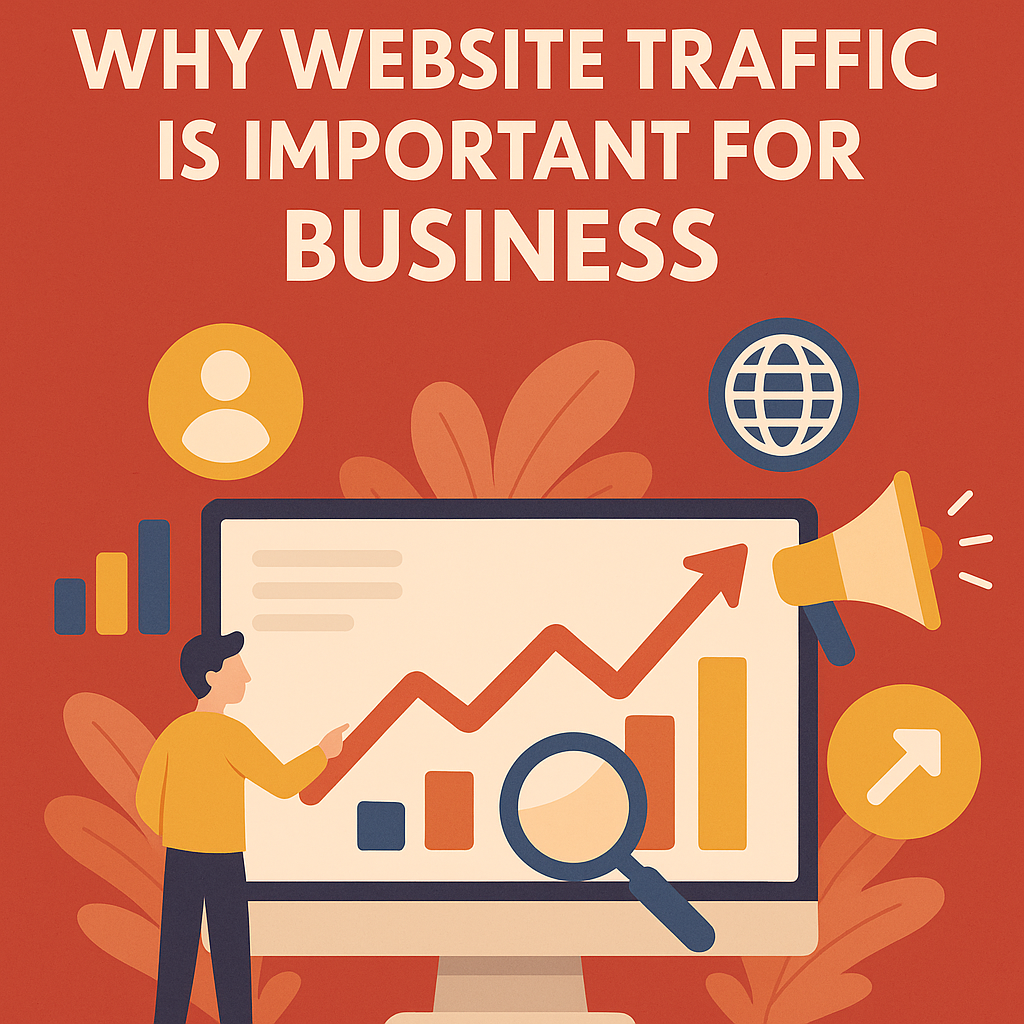
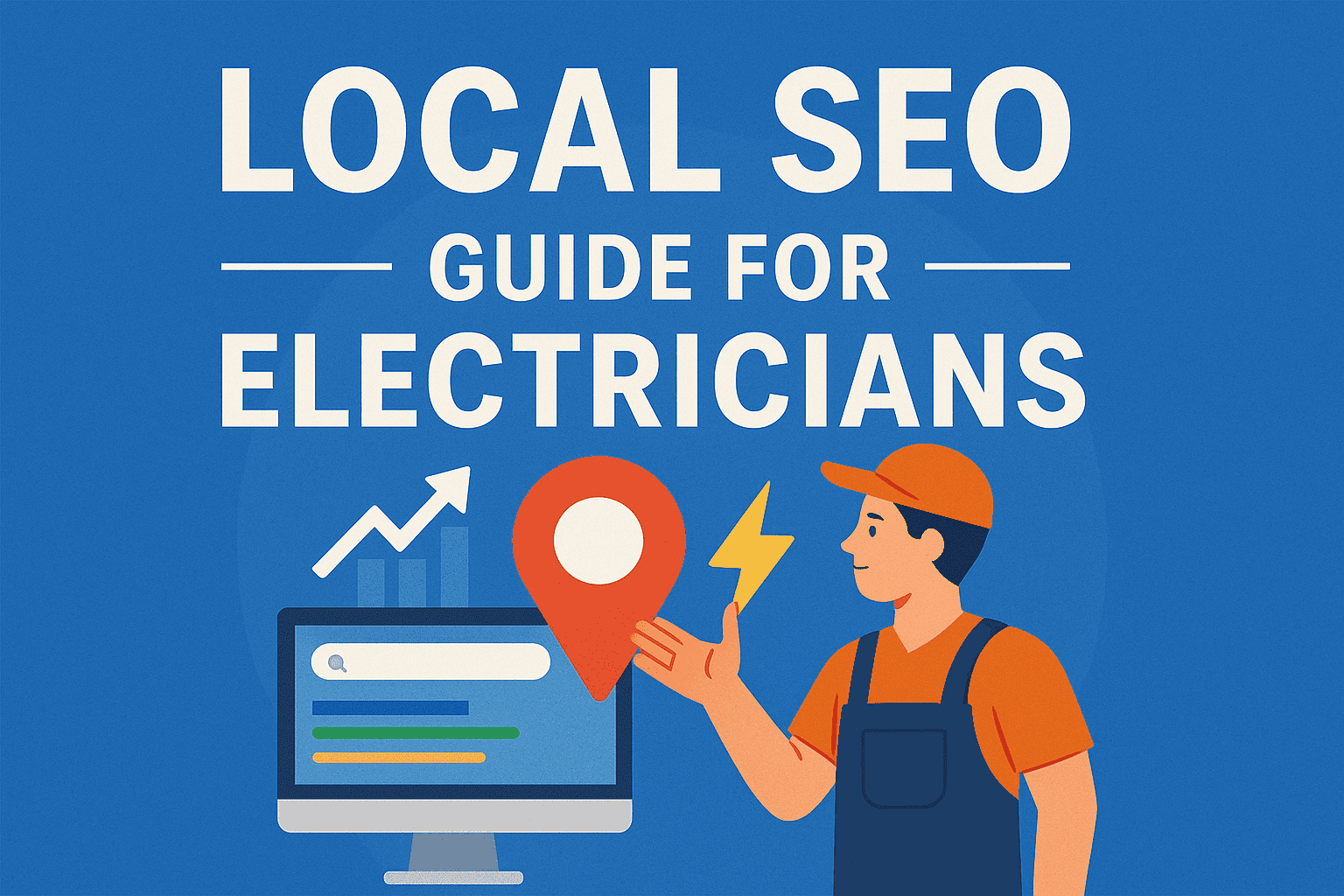
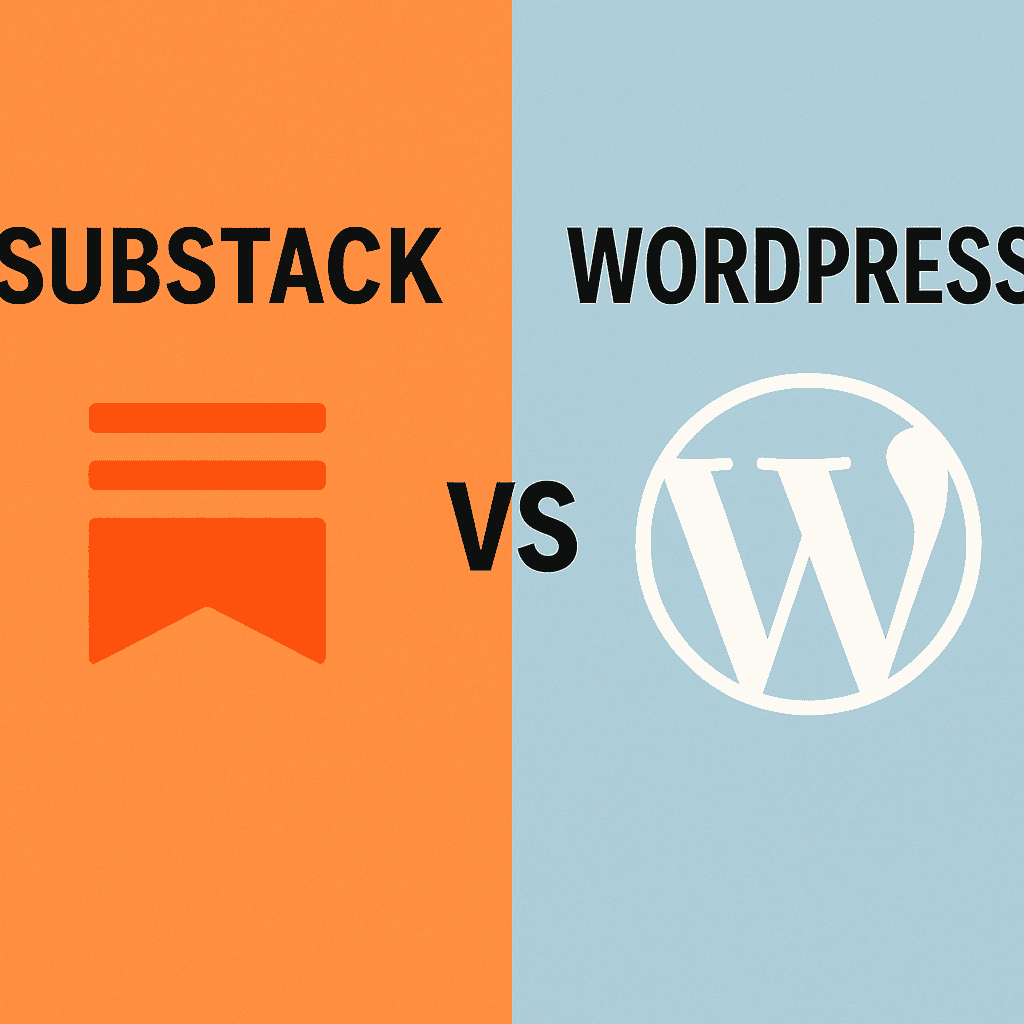

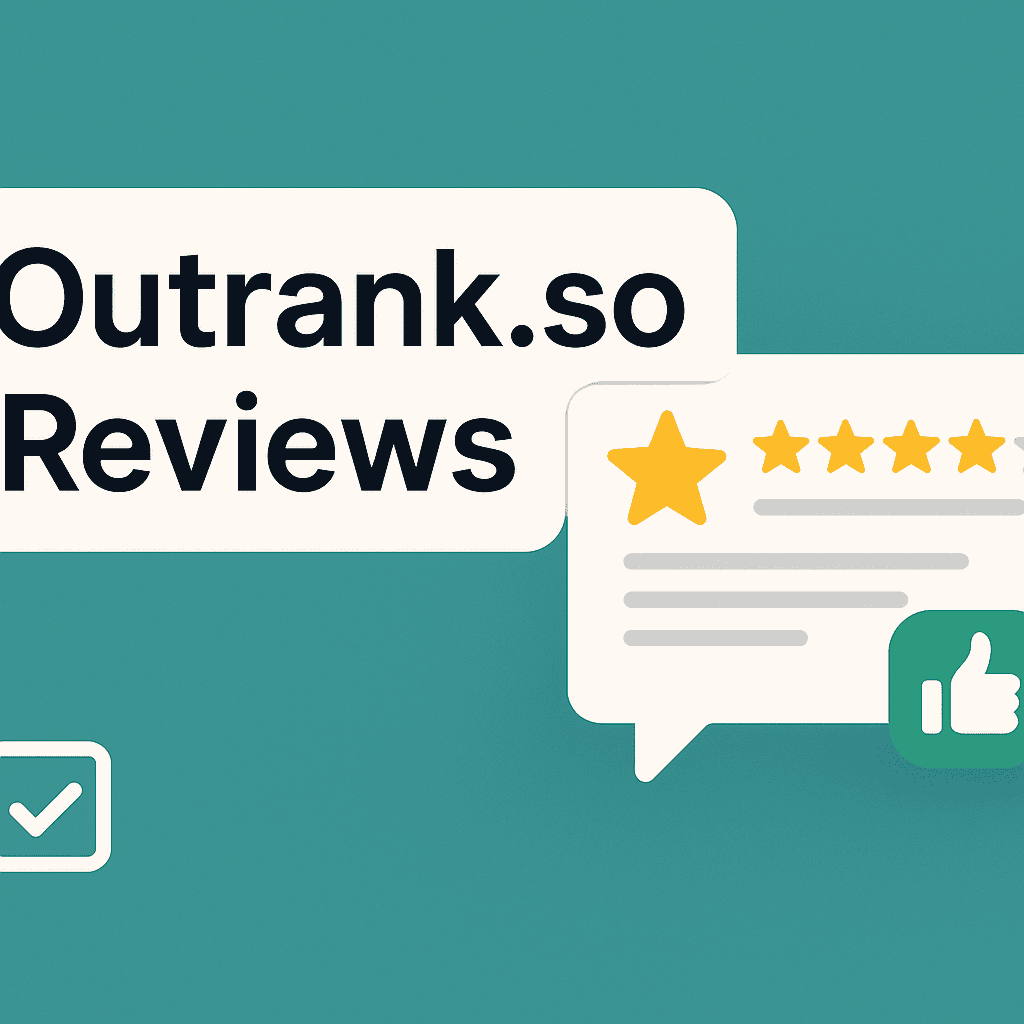
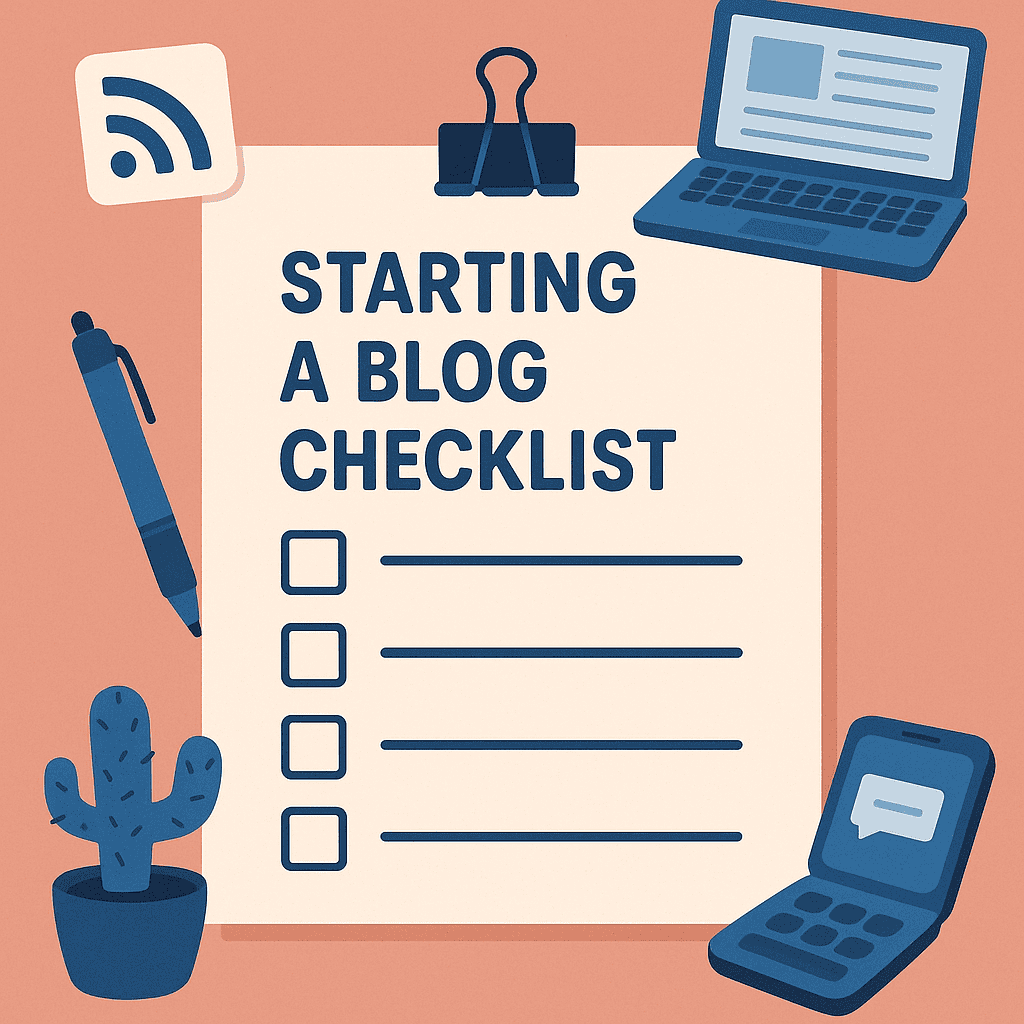

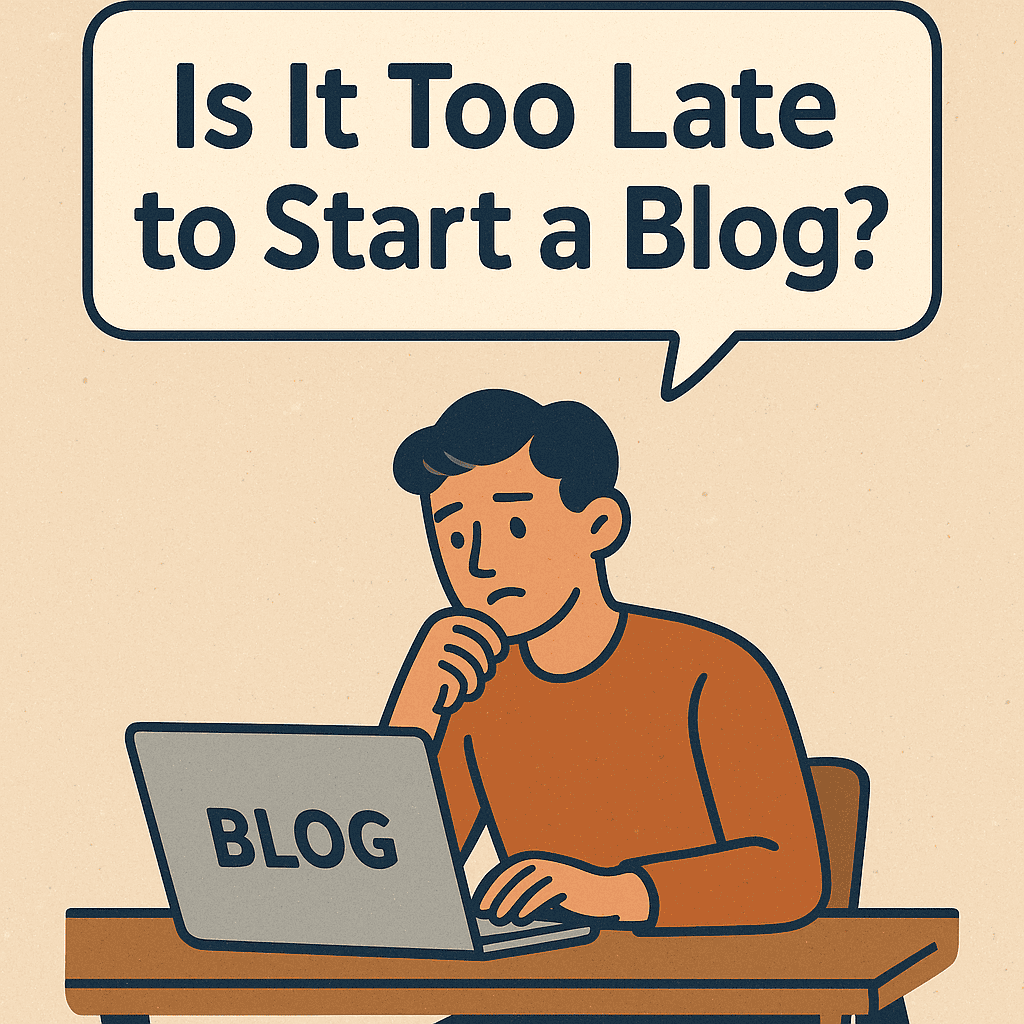
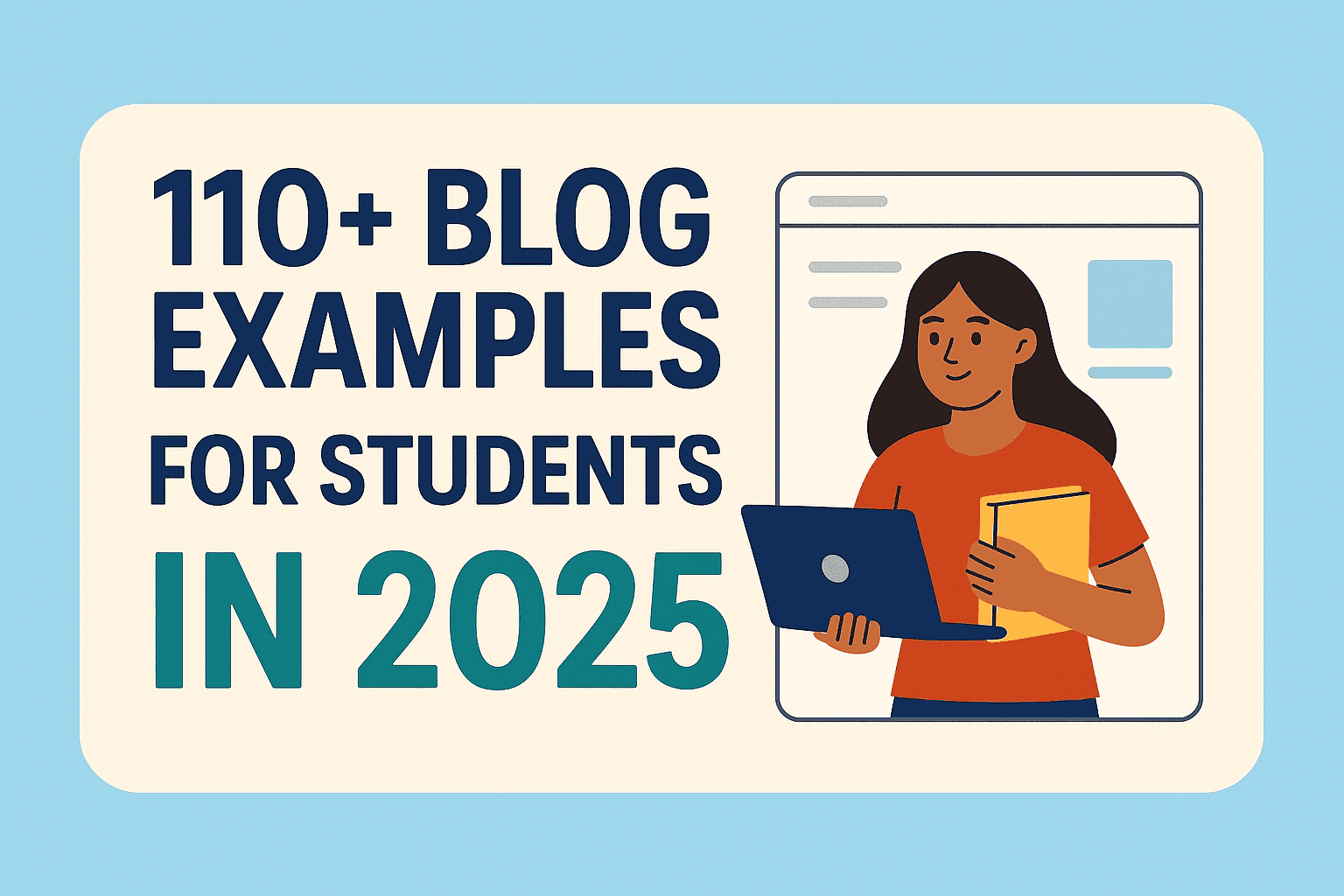

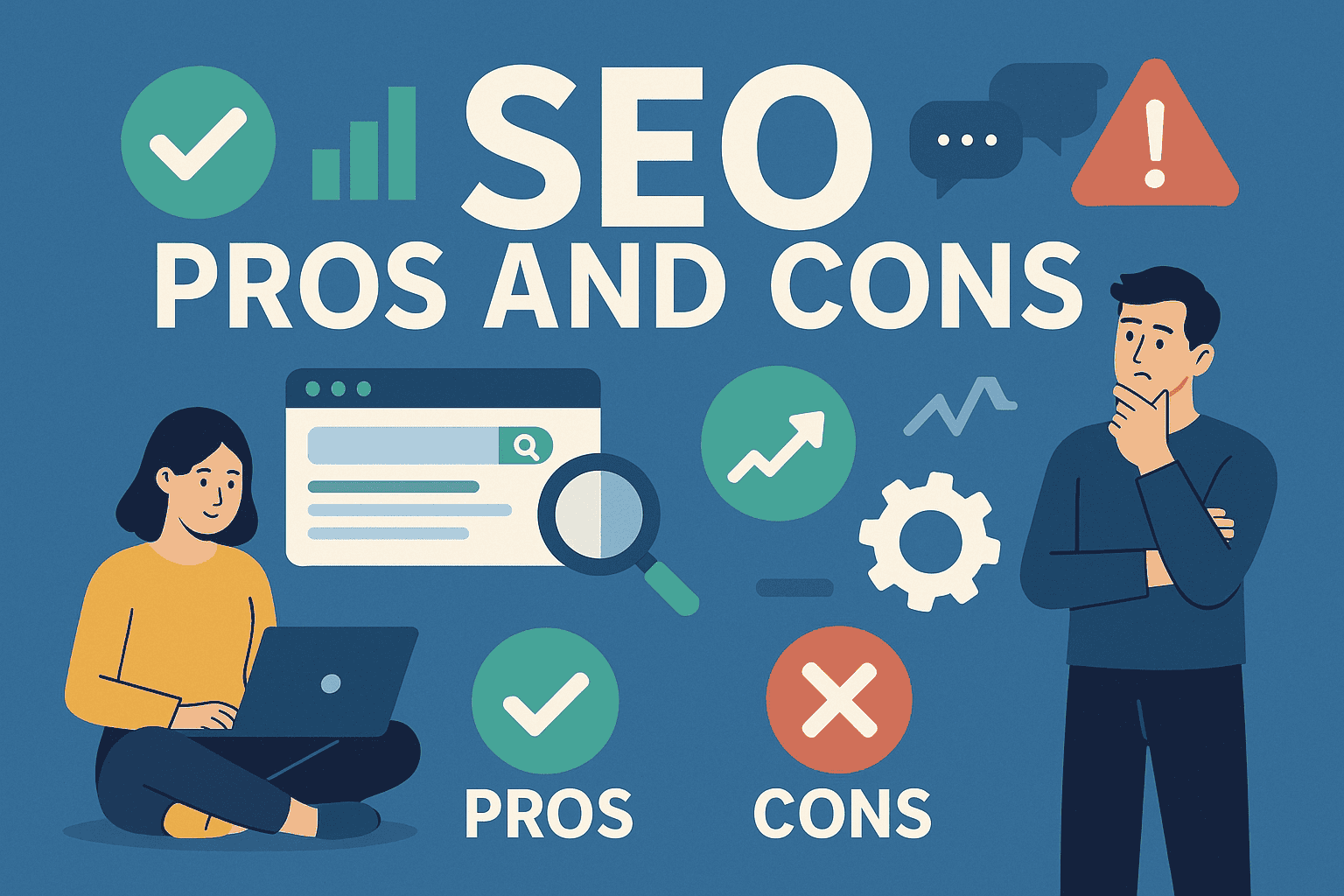



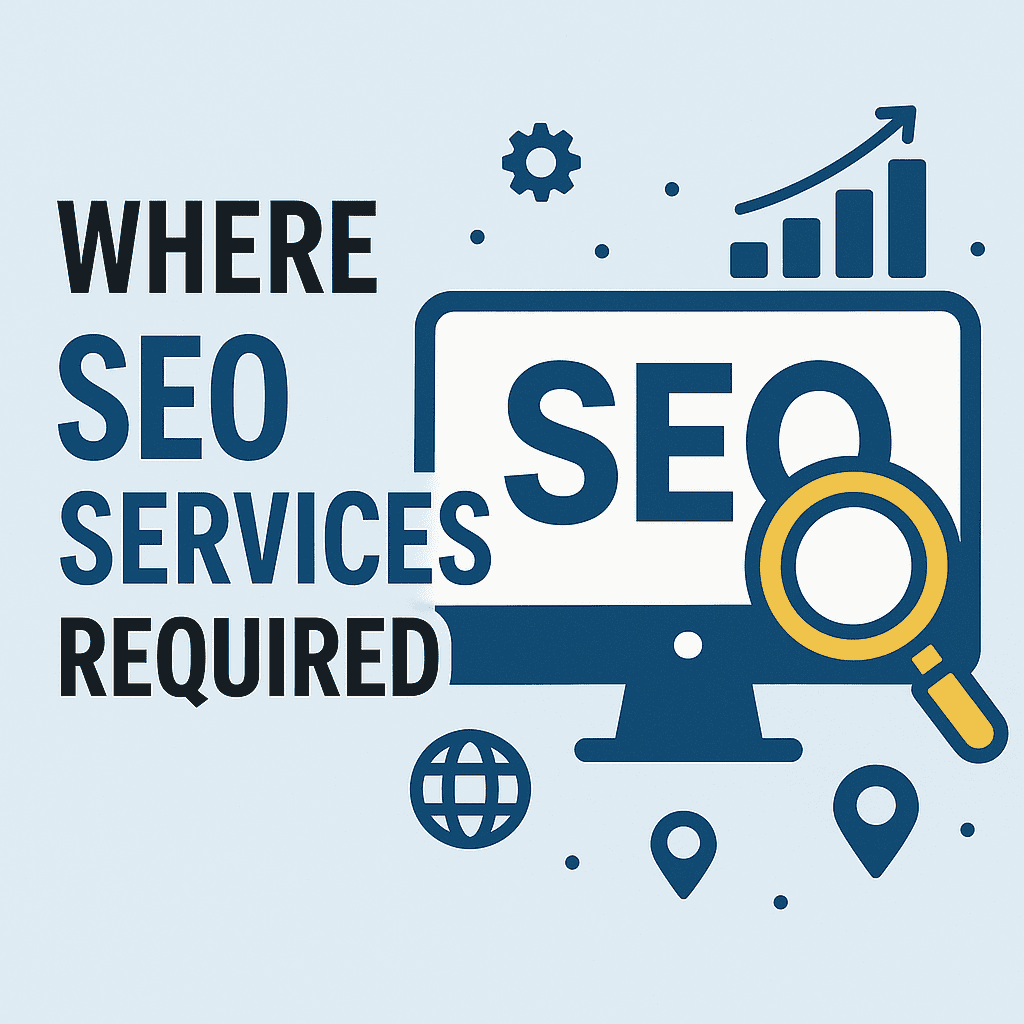
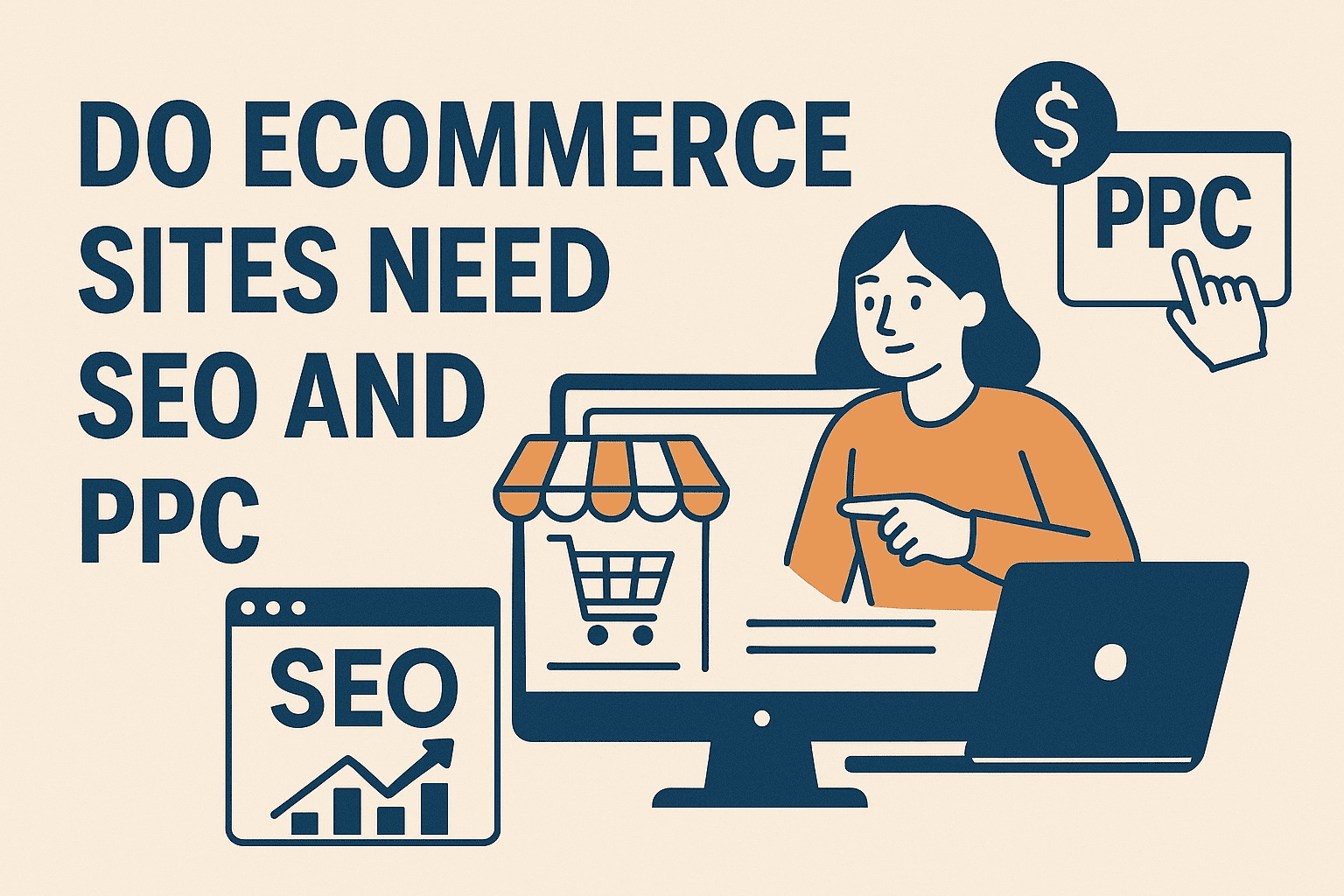
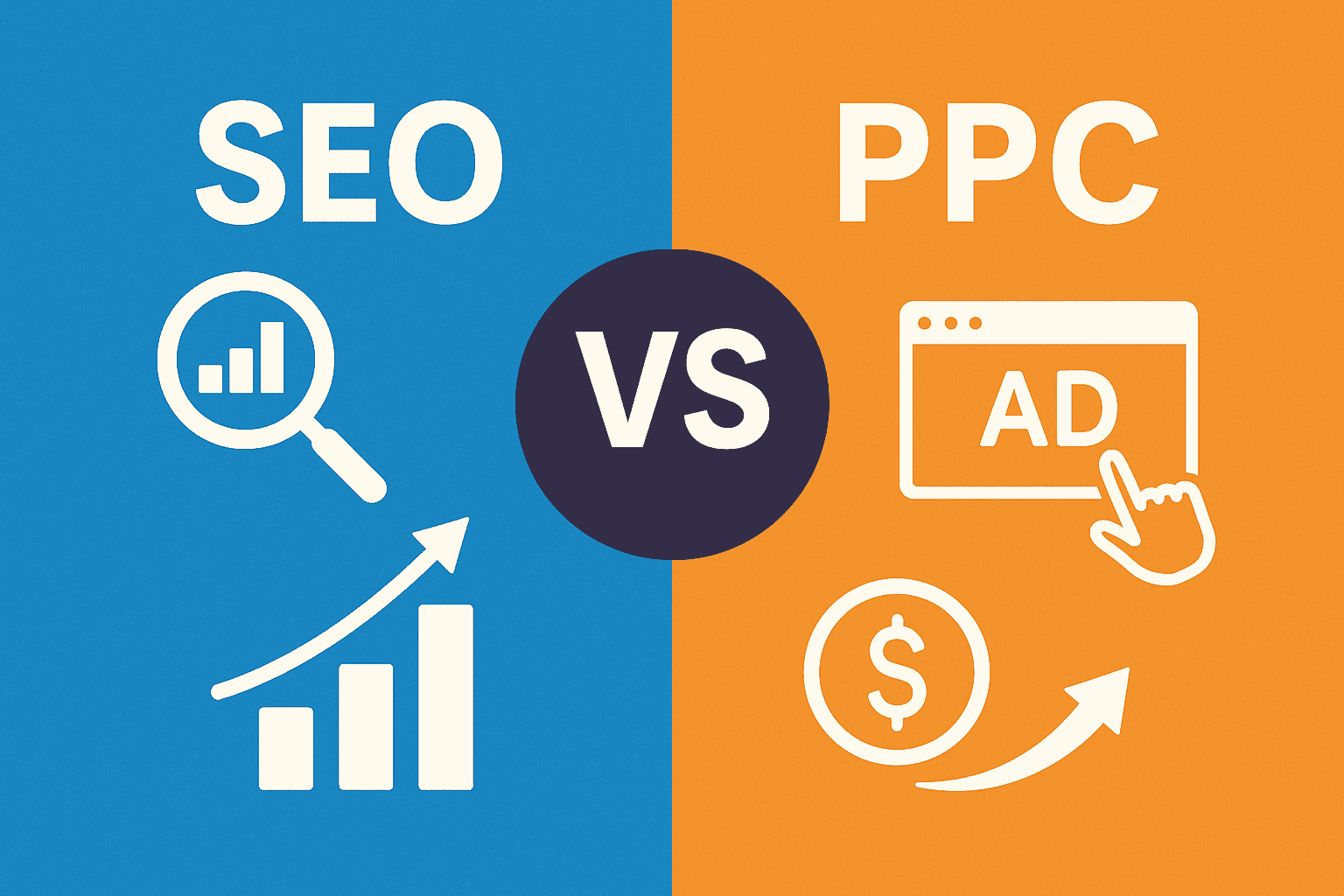

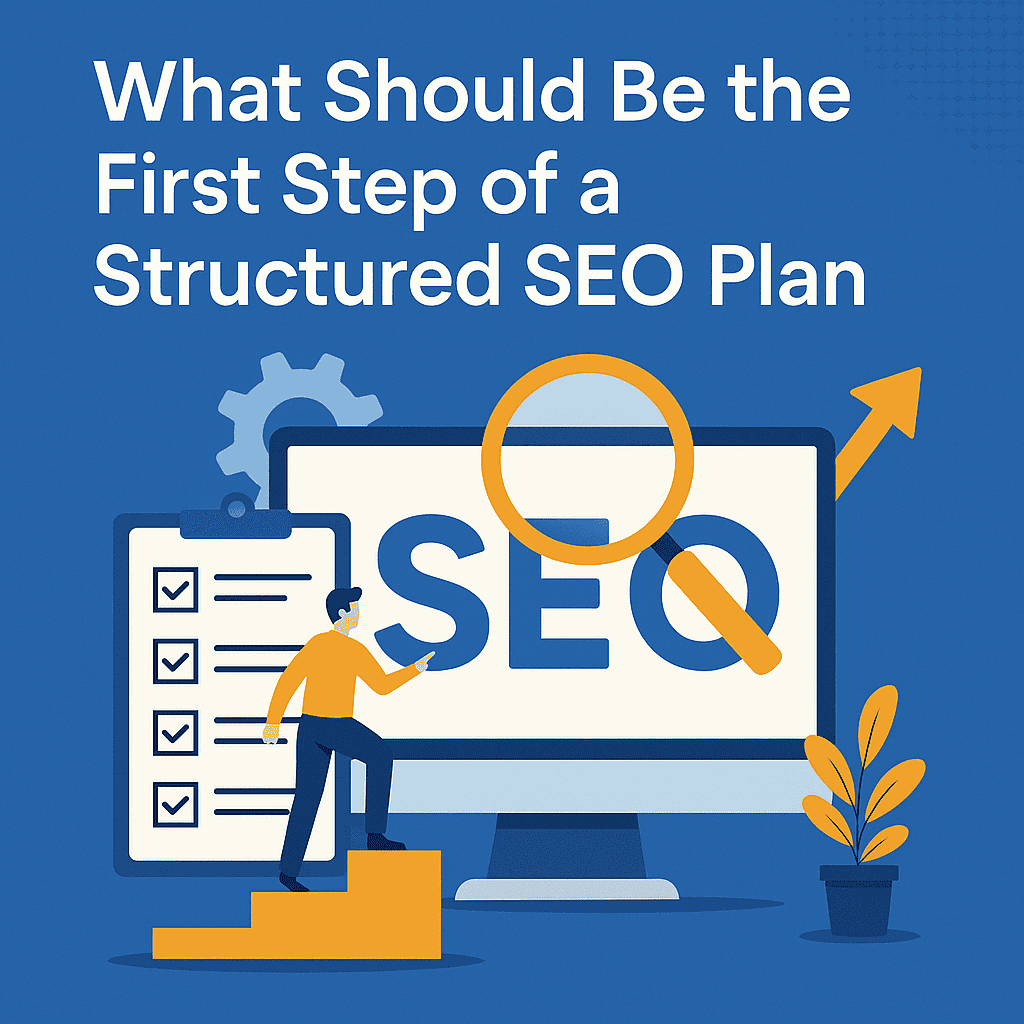


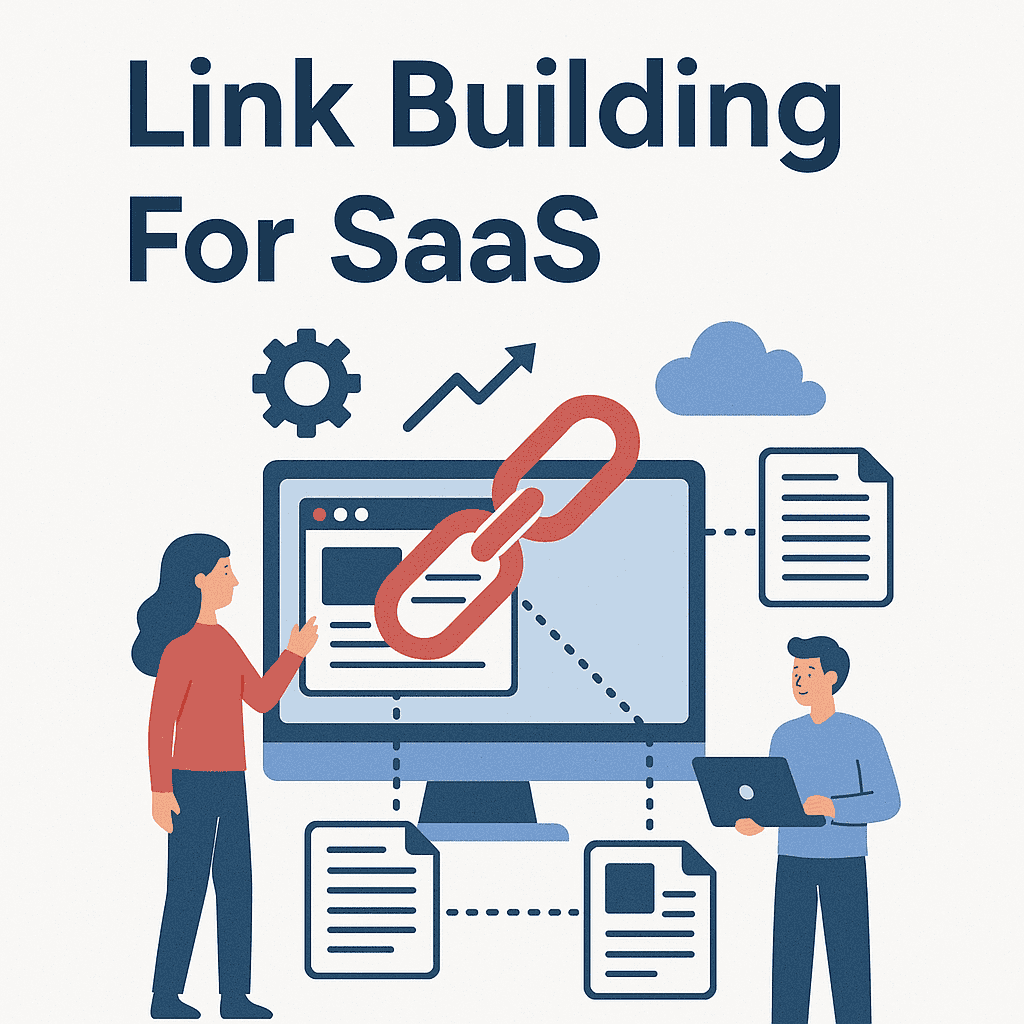
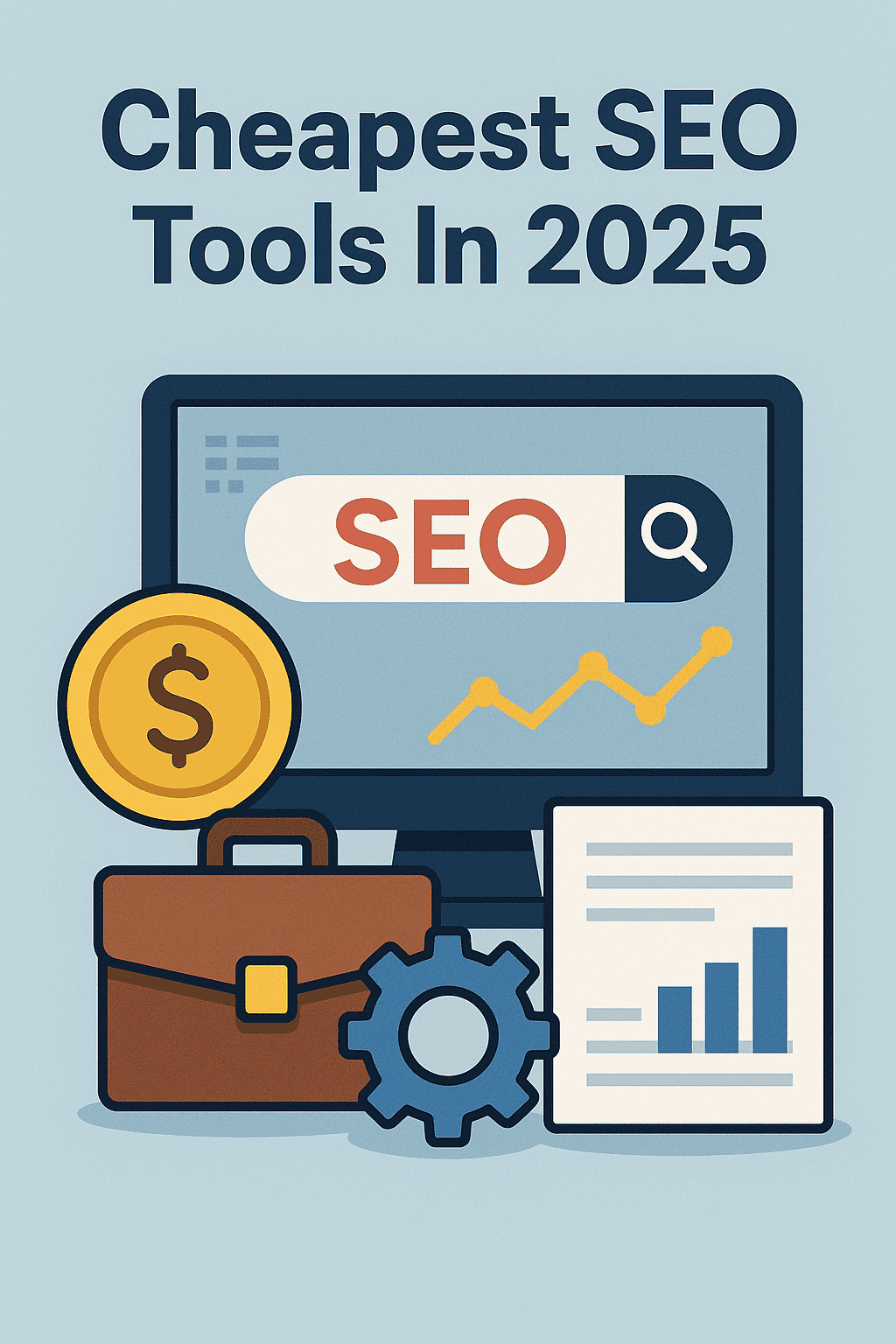
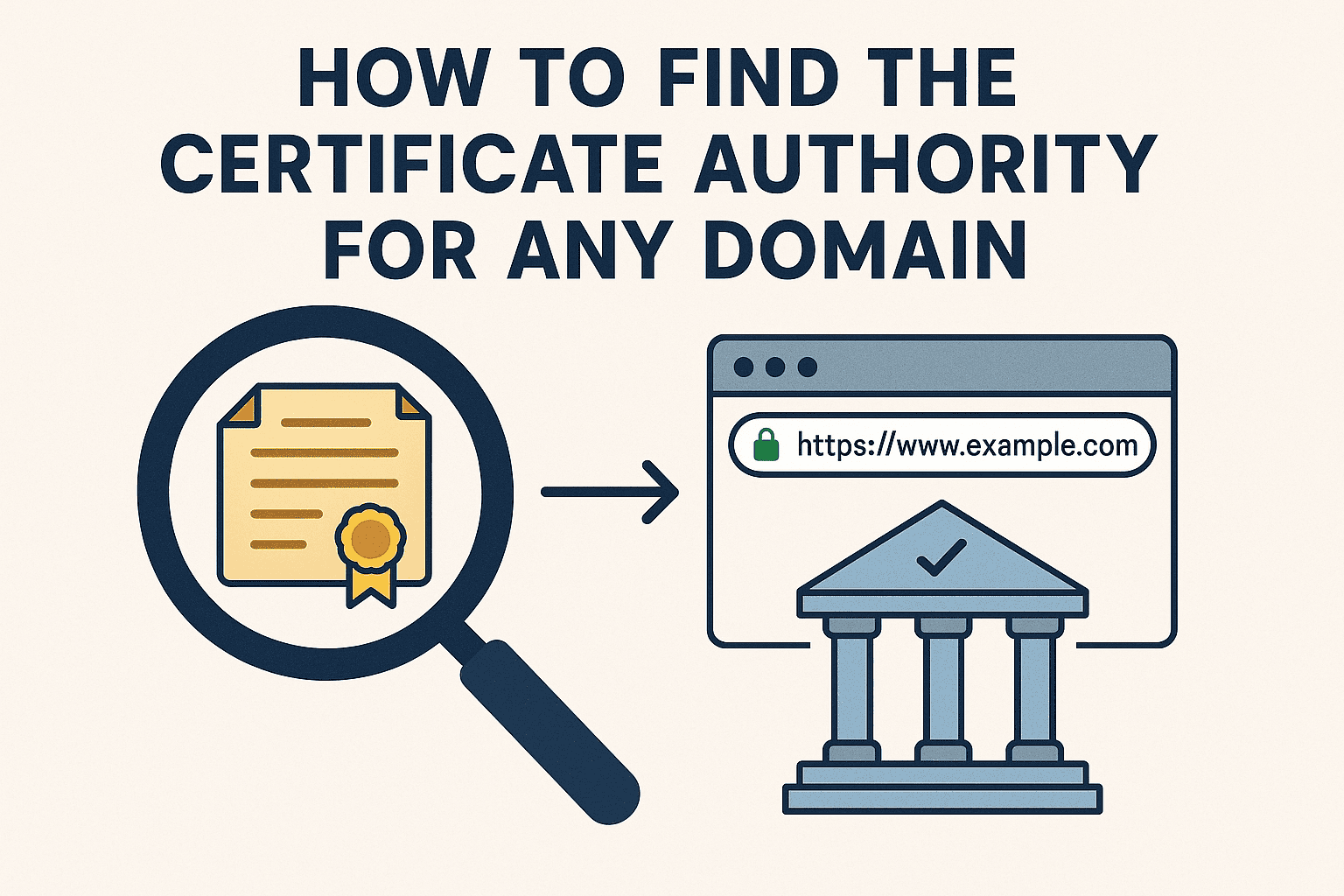
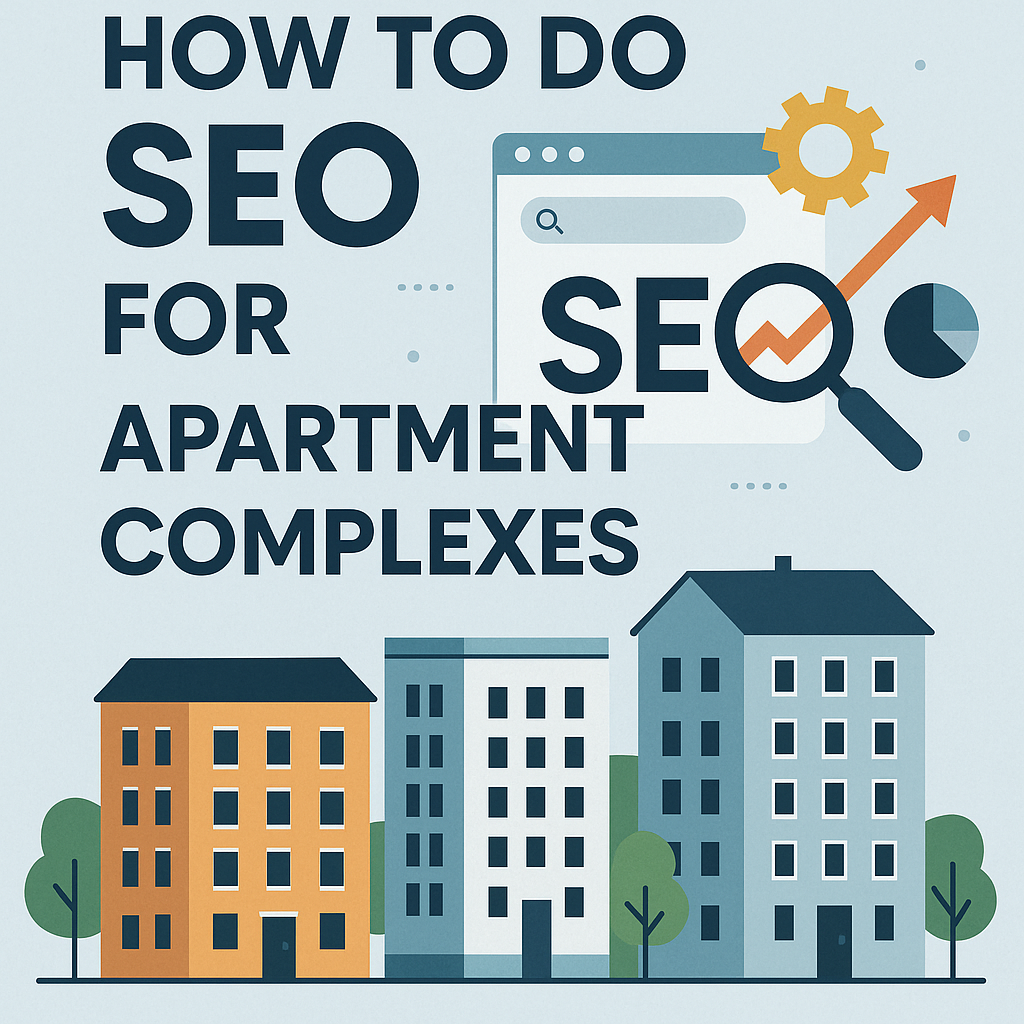
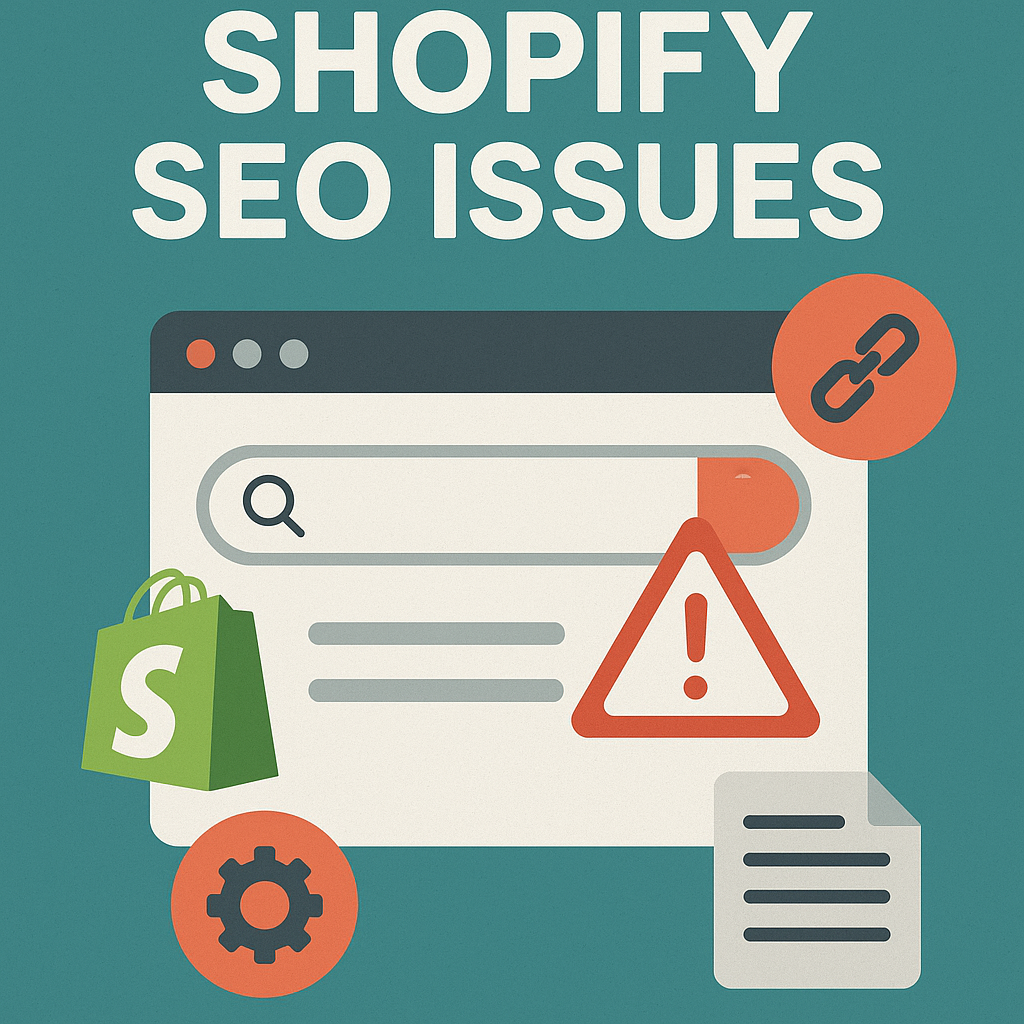


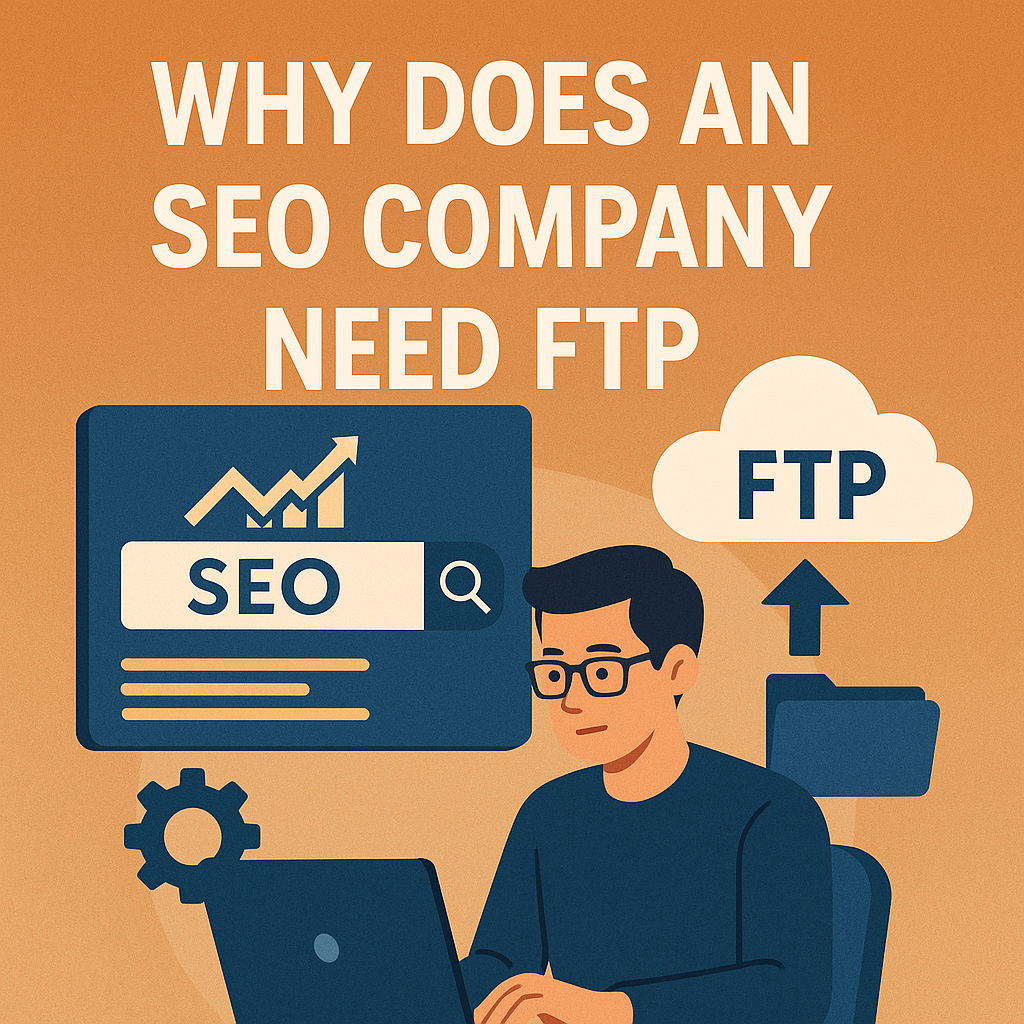
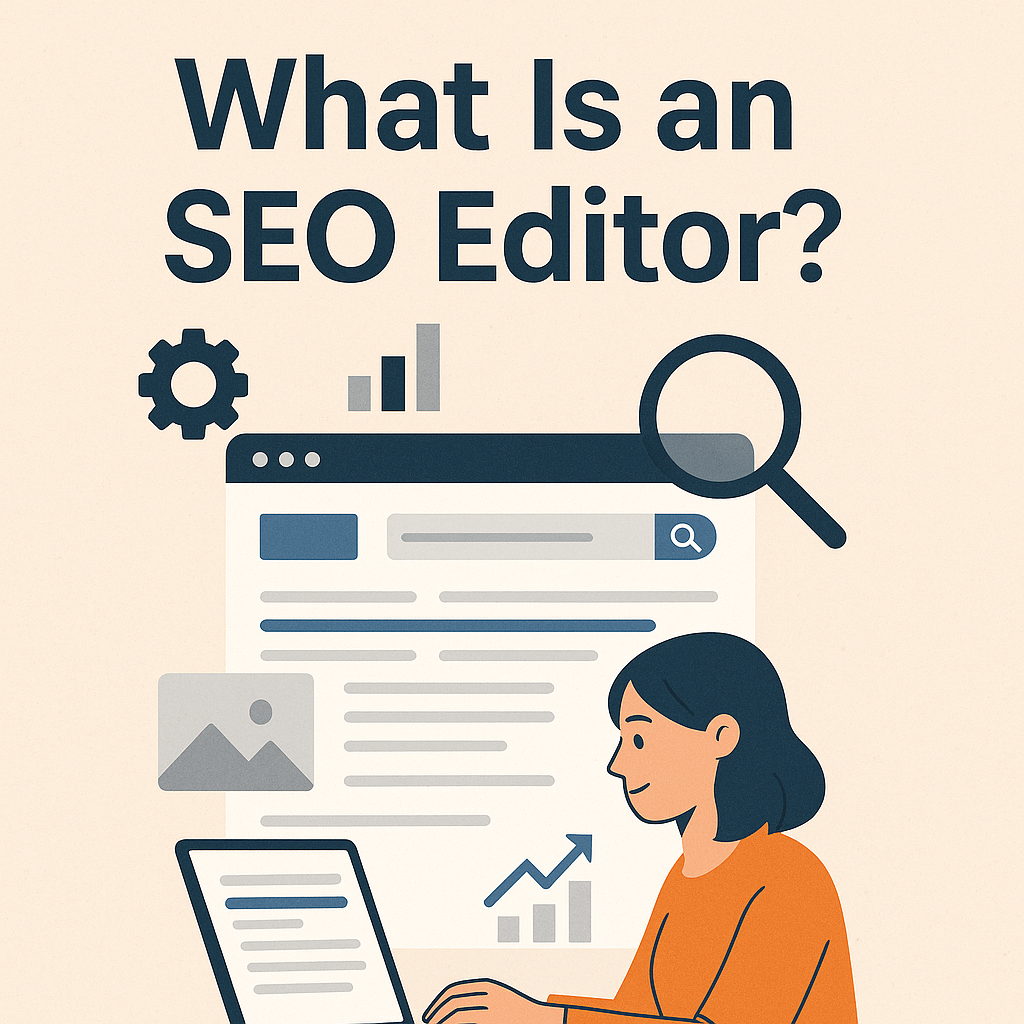
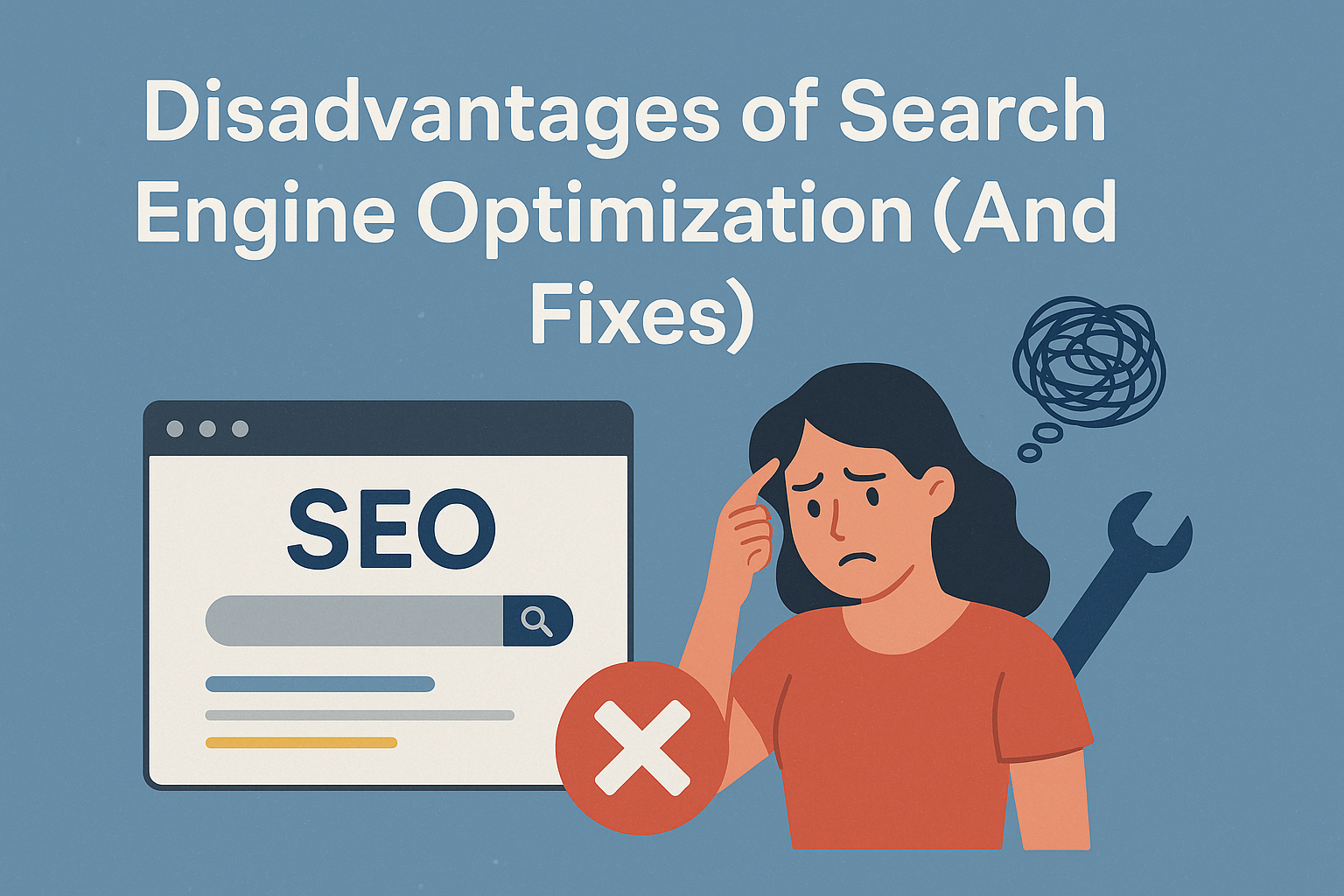

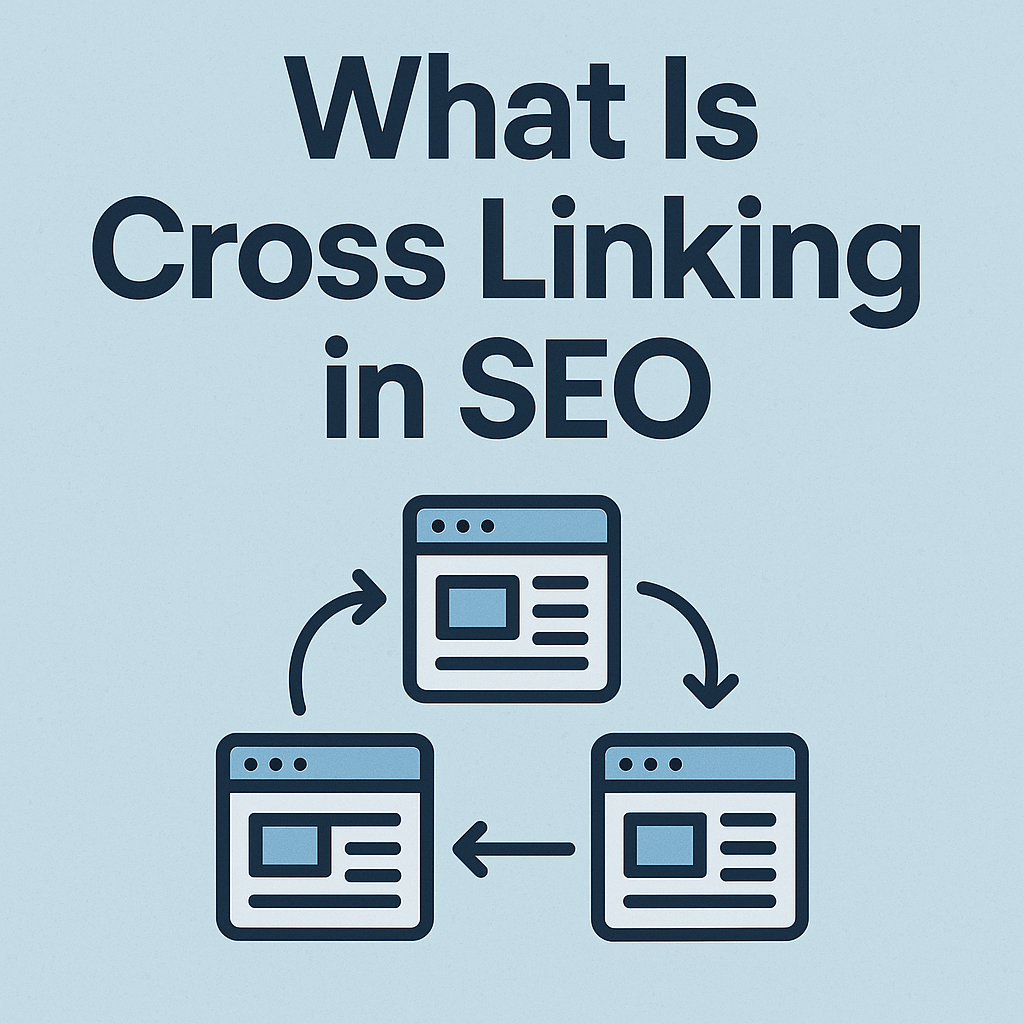

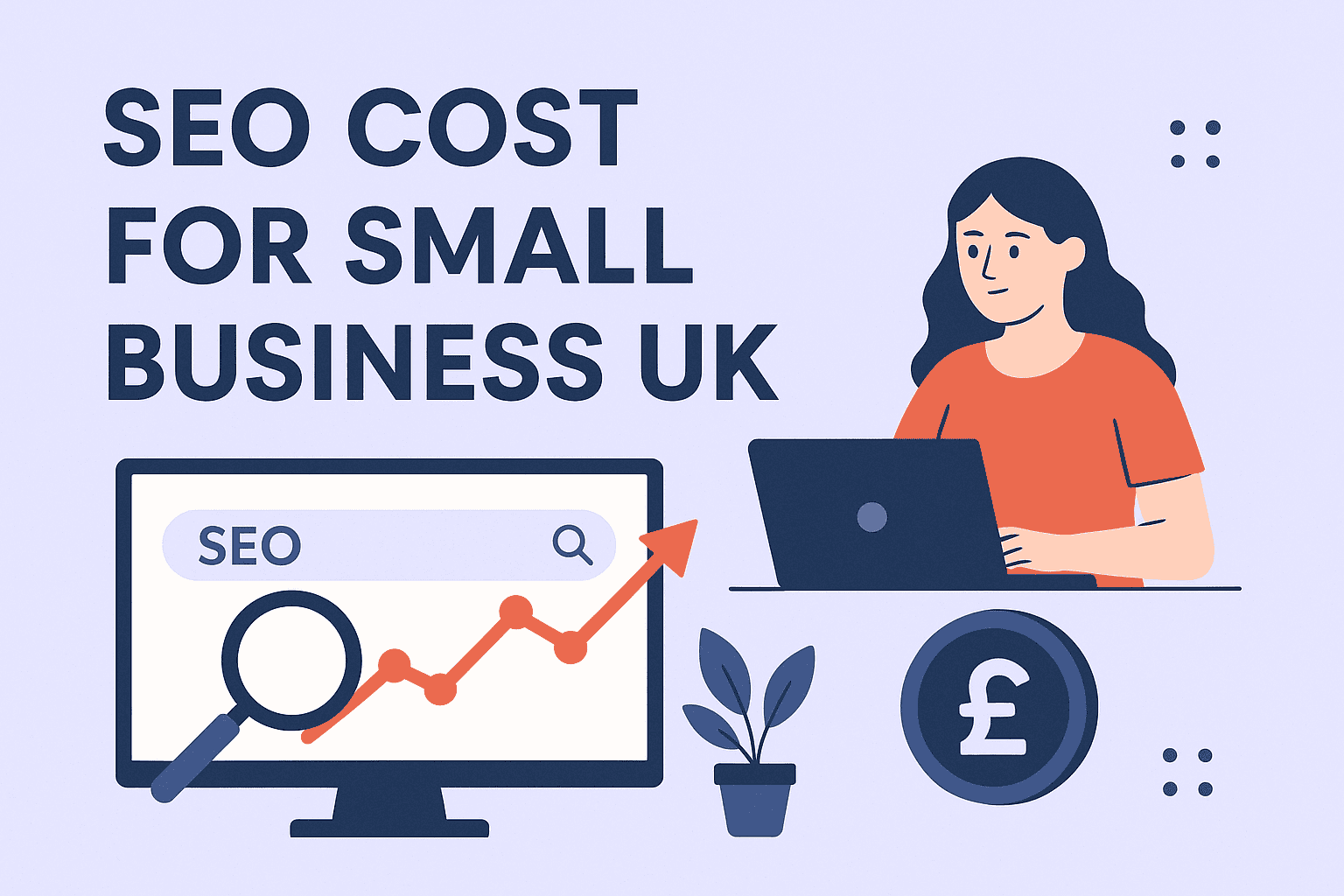

![How Many Outbound Links Per Blog [2025 Updated]](https://backlinkmanagement.io/wp-content/uploads/2025/06/How-Many-Outbound-Links-Per-Blog.png)
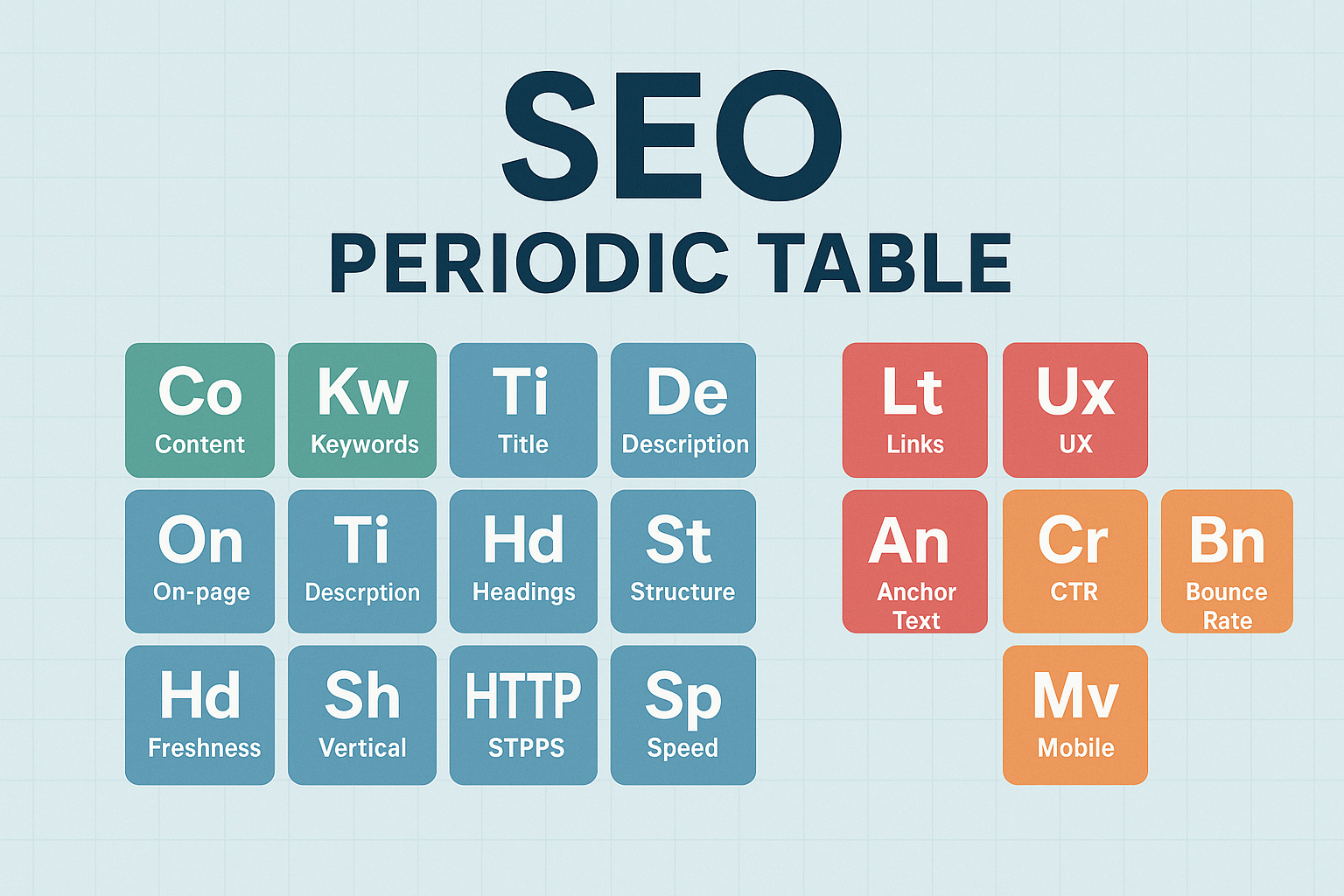
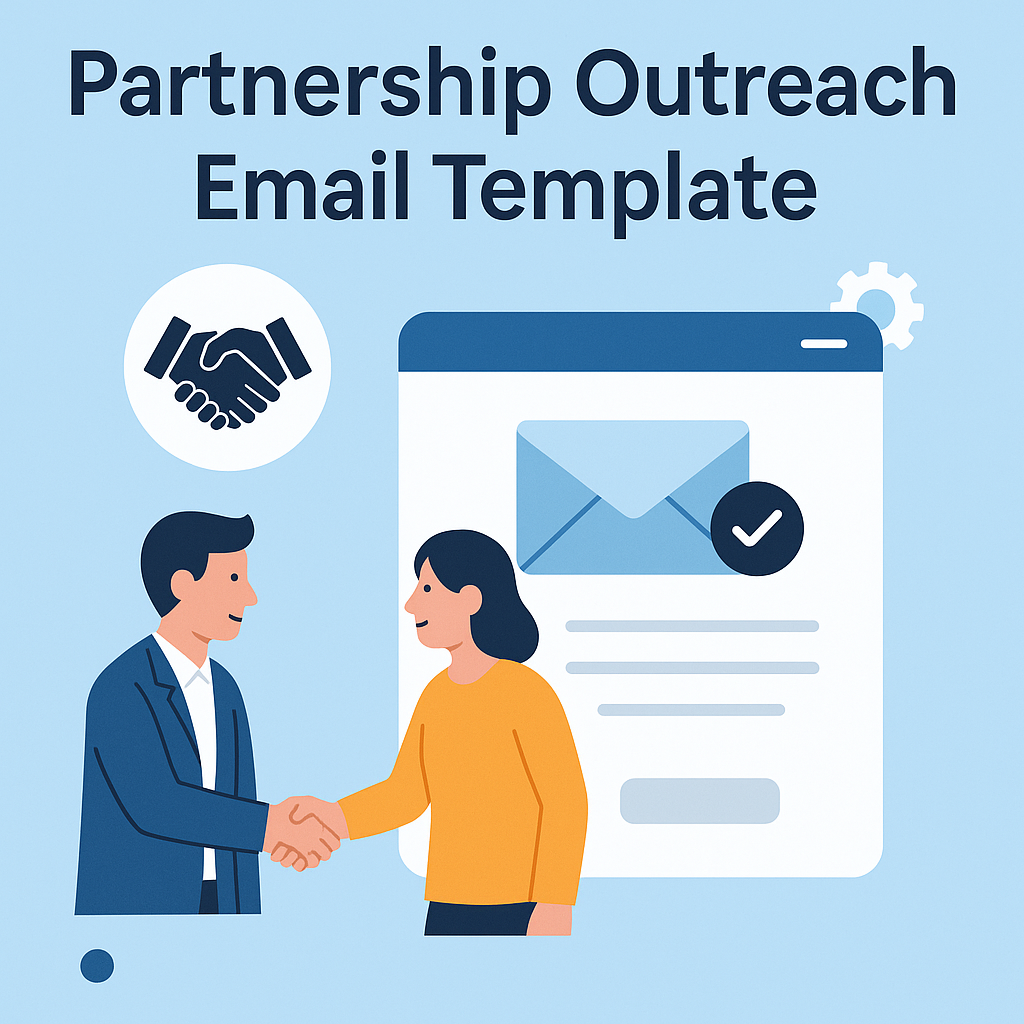
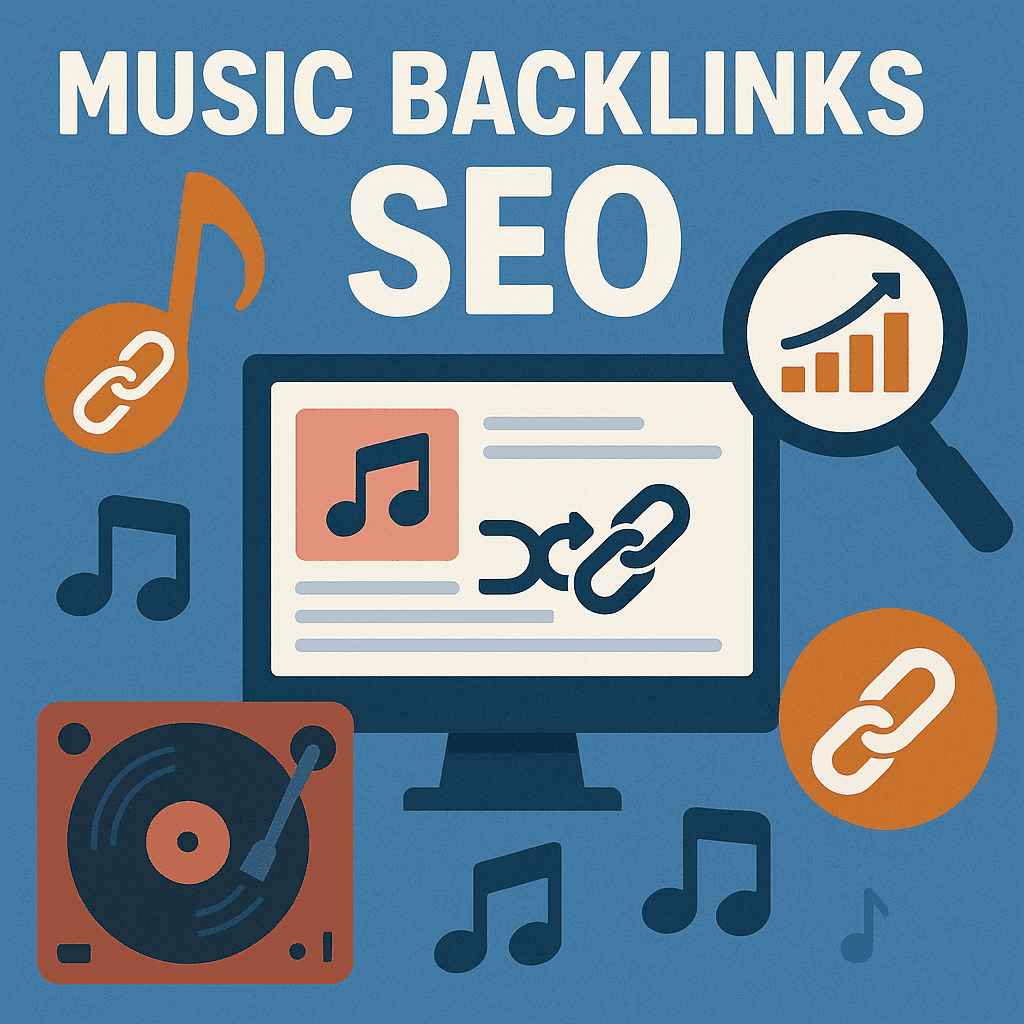
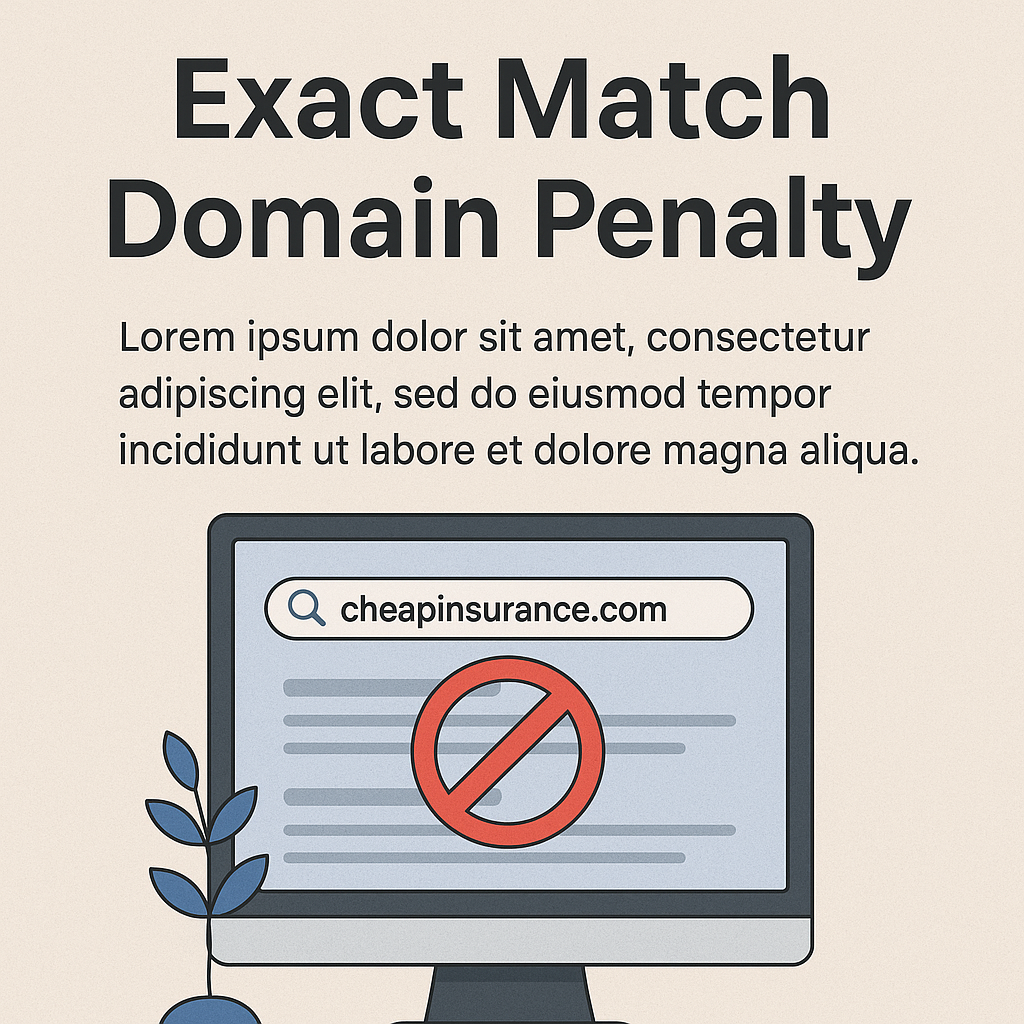
![B2B and B2C Website Examples [2025 Updated]](https://backlinkmanagement.io/wp-content/uploads/2025/05/B2B-and-B2C-Website-Example-.png)
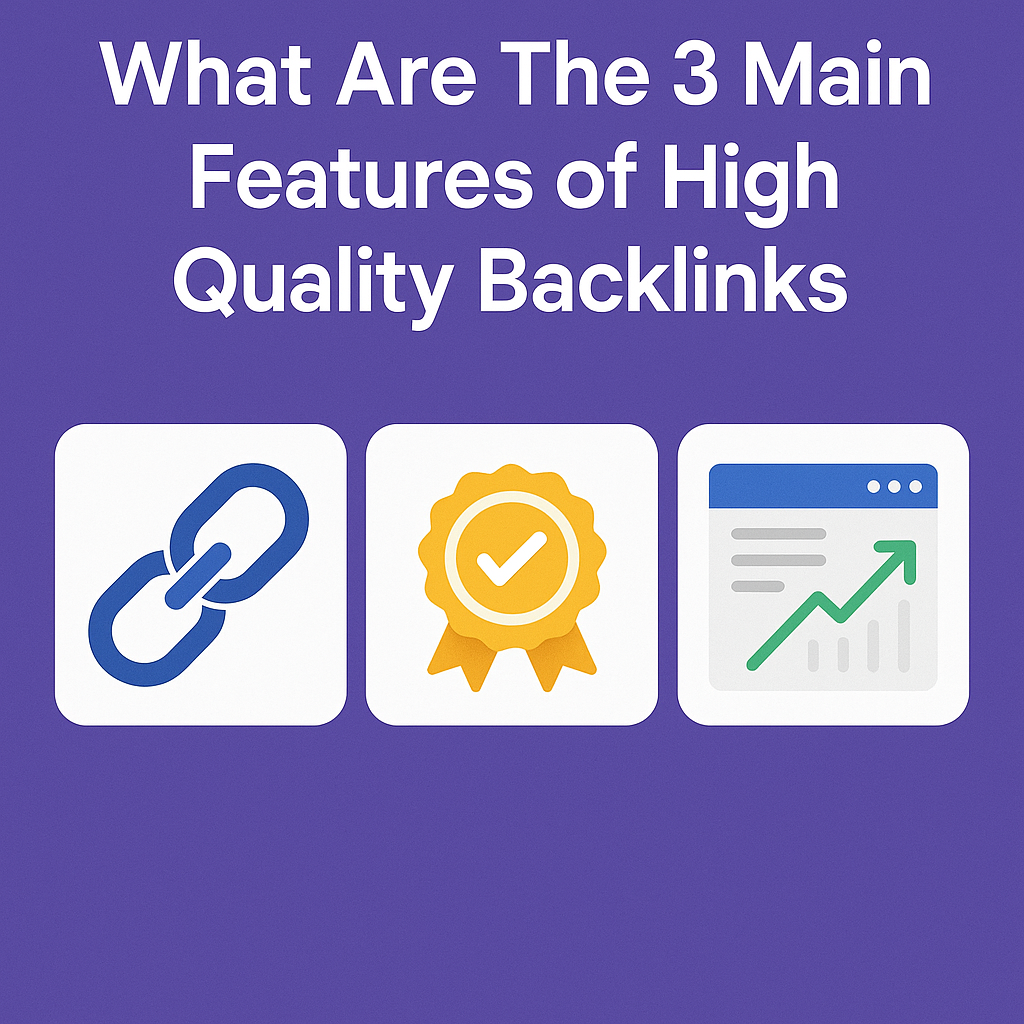
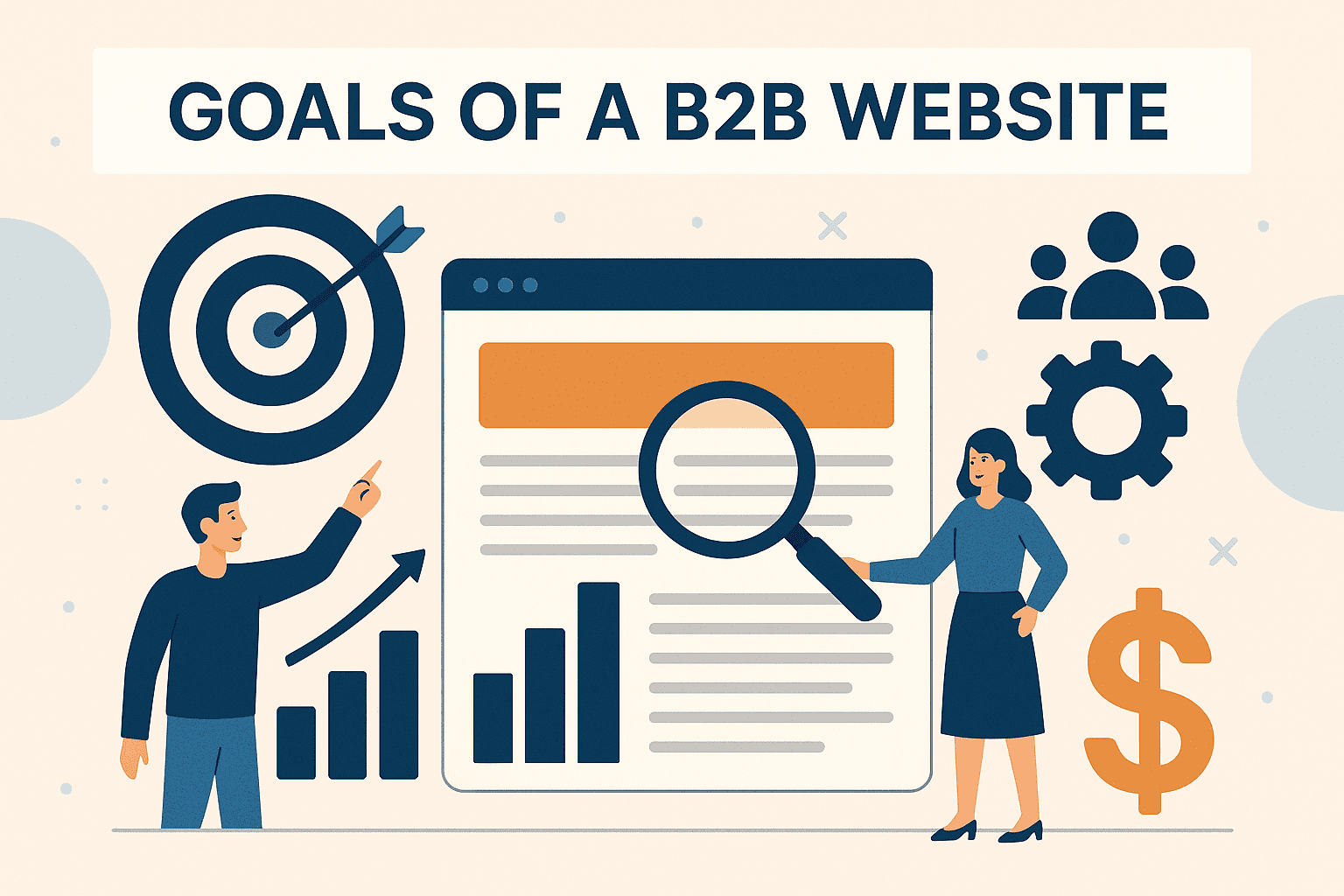

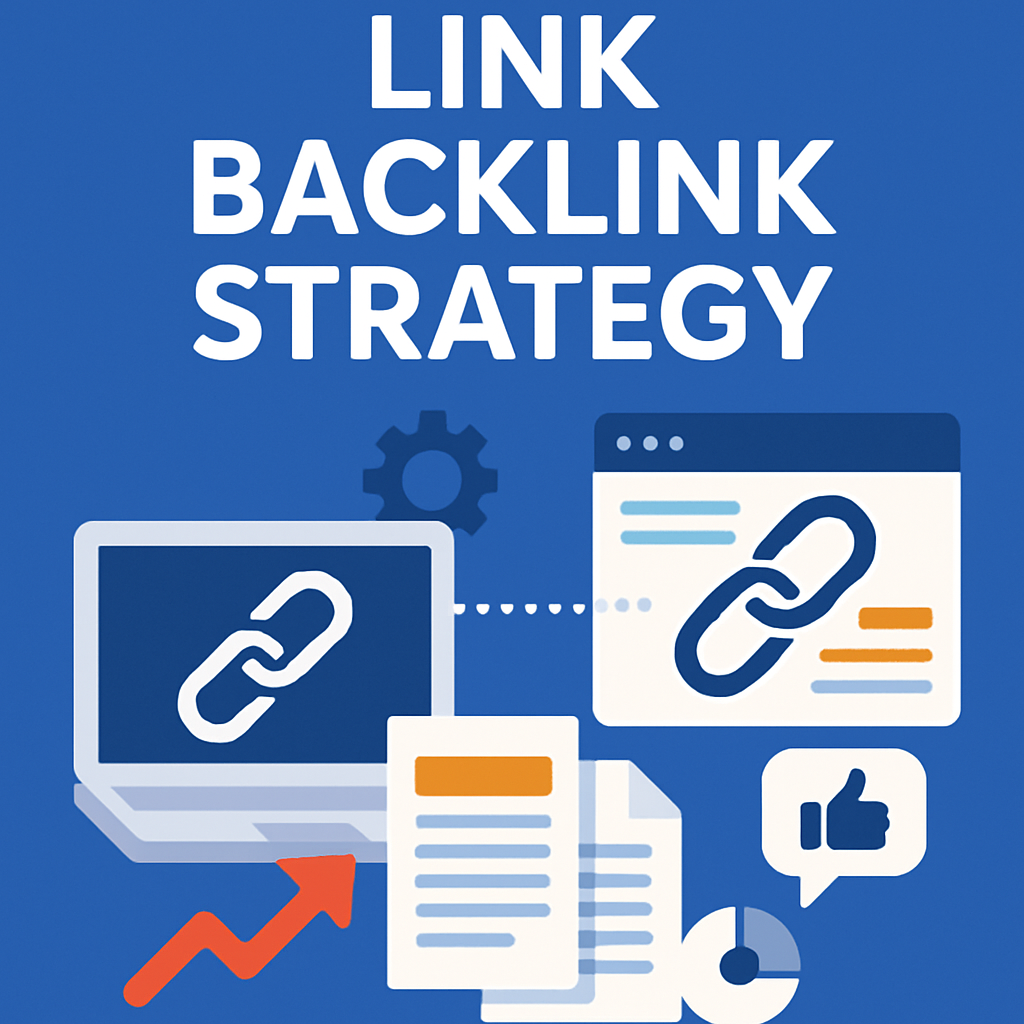
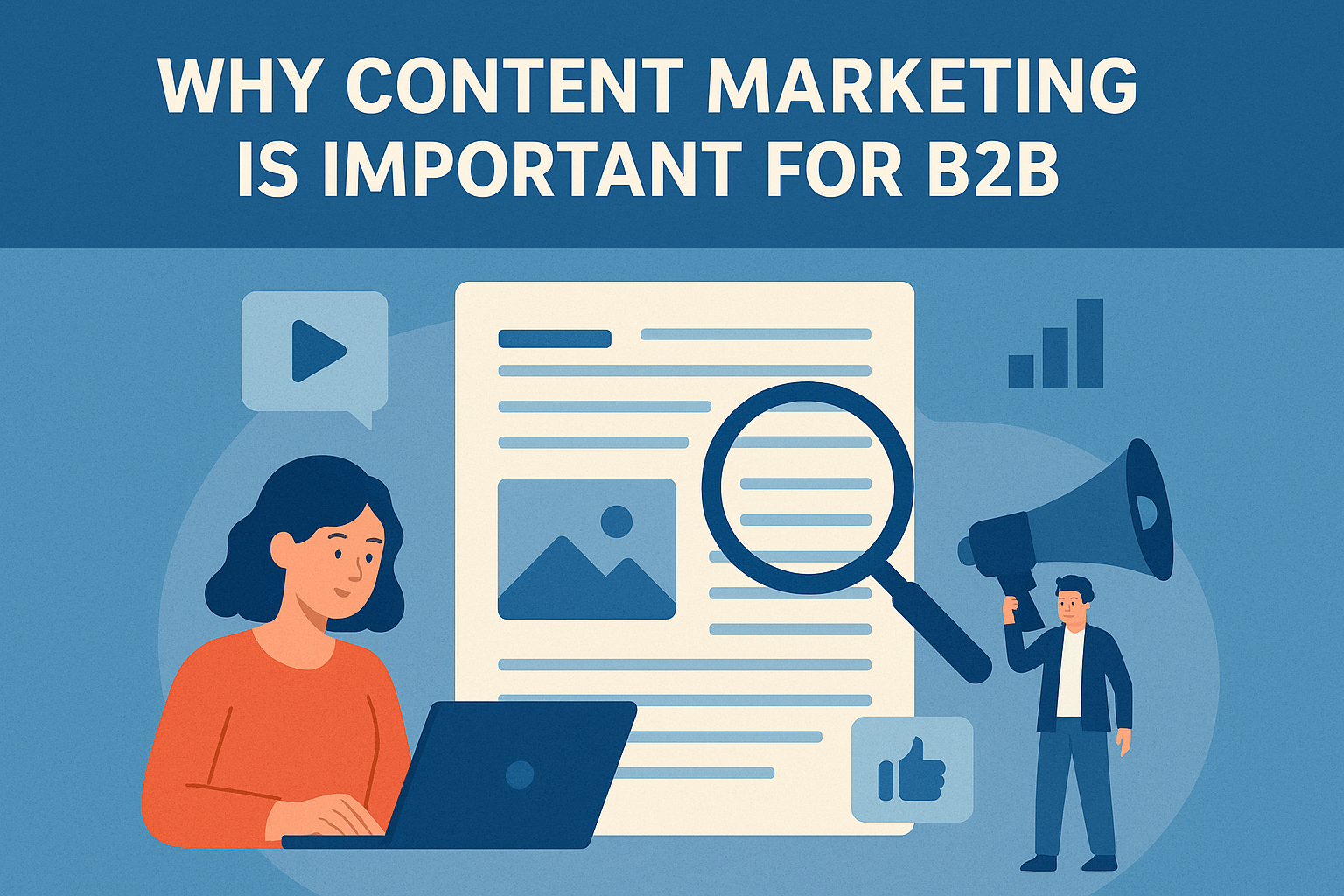
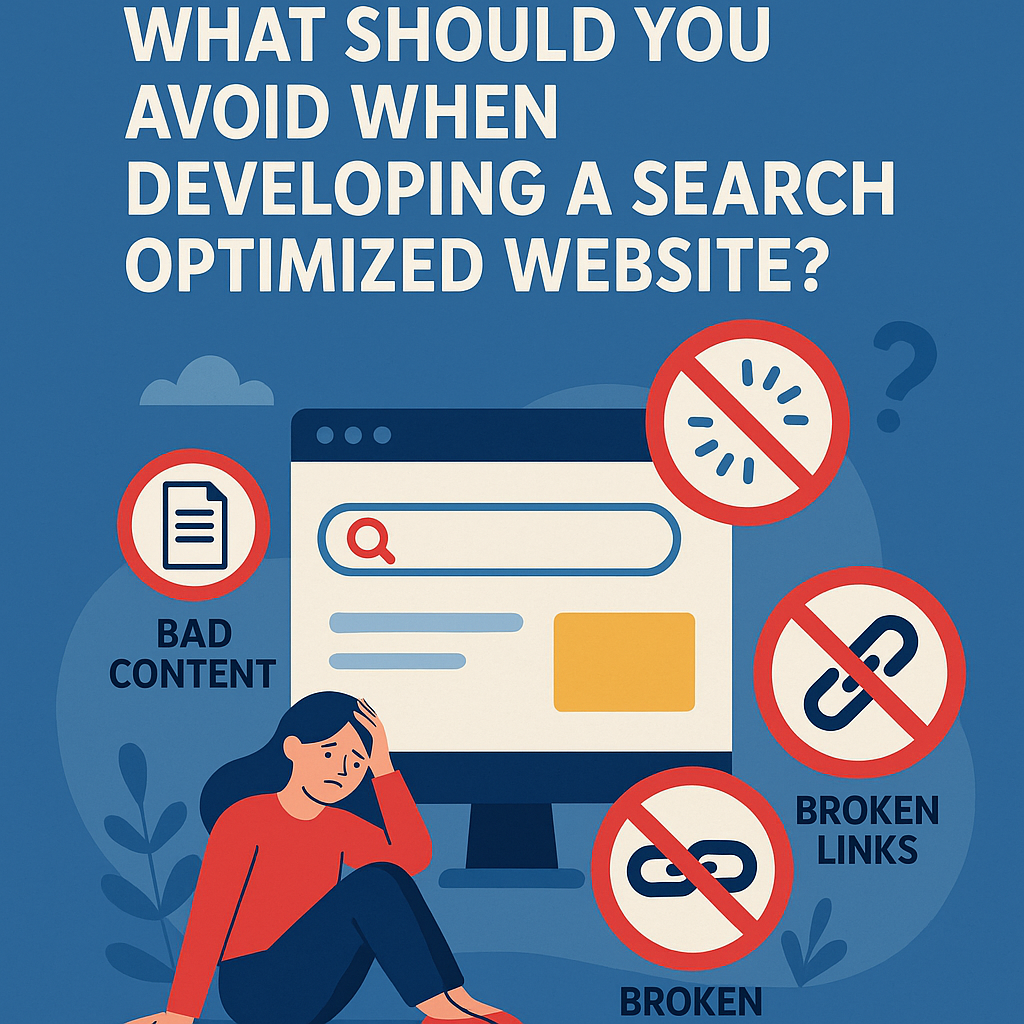


![What To Do After Keyword Research [2025 Guide]](https://backlinkmanagement.io/wp-content/uploads/2025/05/What-To-Do-After-Keyword-Research.png)
![Is Page Speed Really A Ranking Factor? [2025]](https://backlinkmanagement.io/wp-content/uploads/2025/05/Is-Page-Speed-Really-A-Ranking-Factor.png)
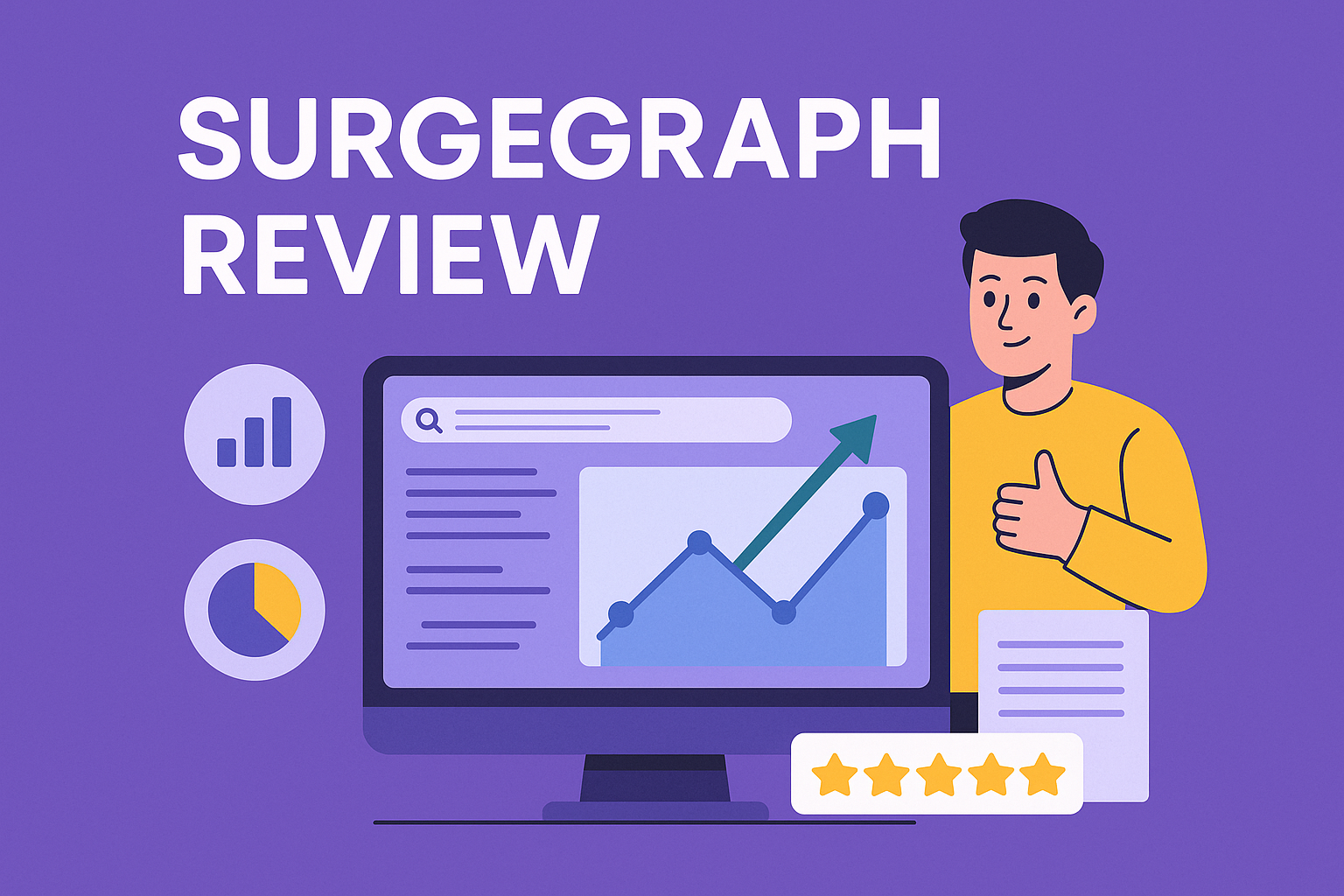







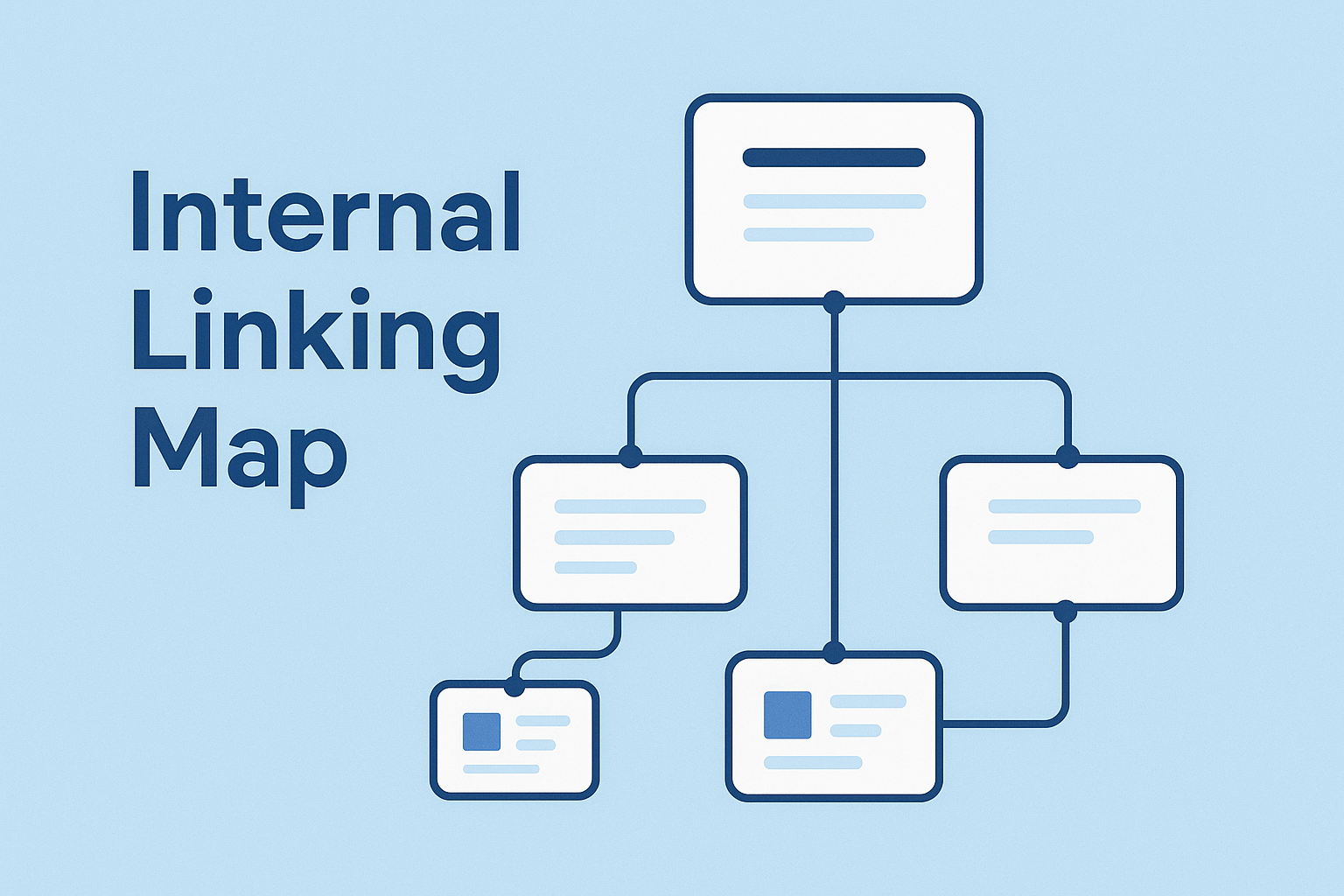
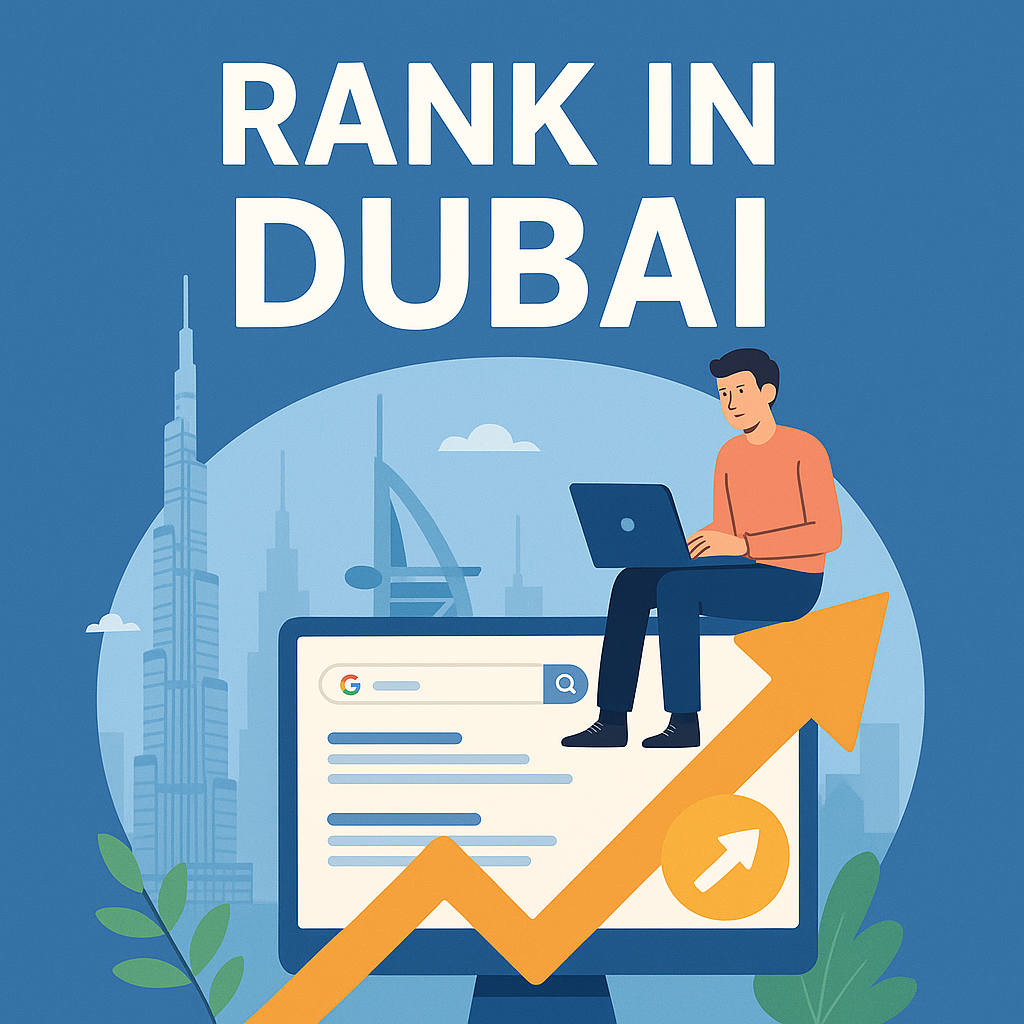
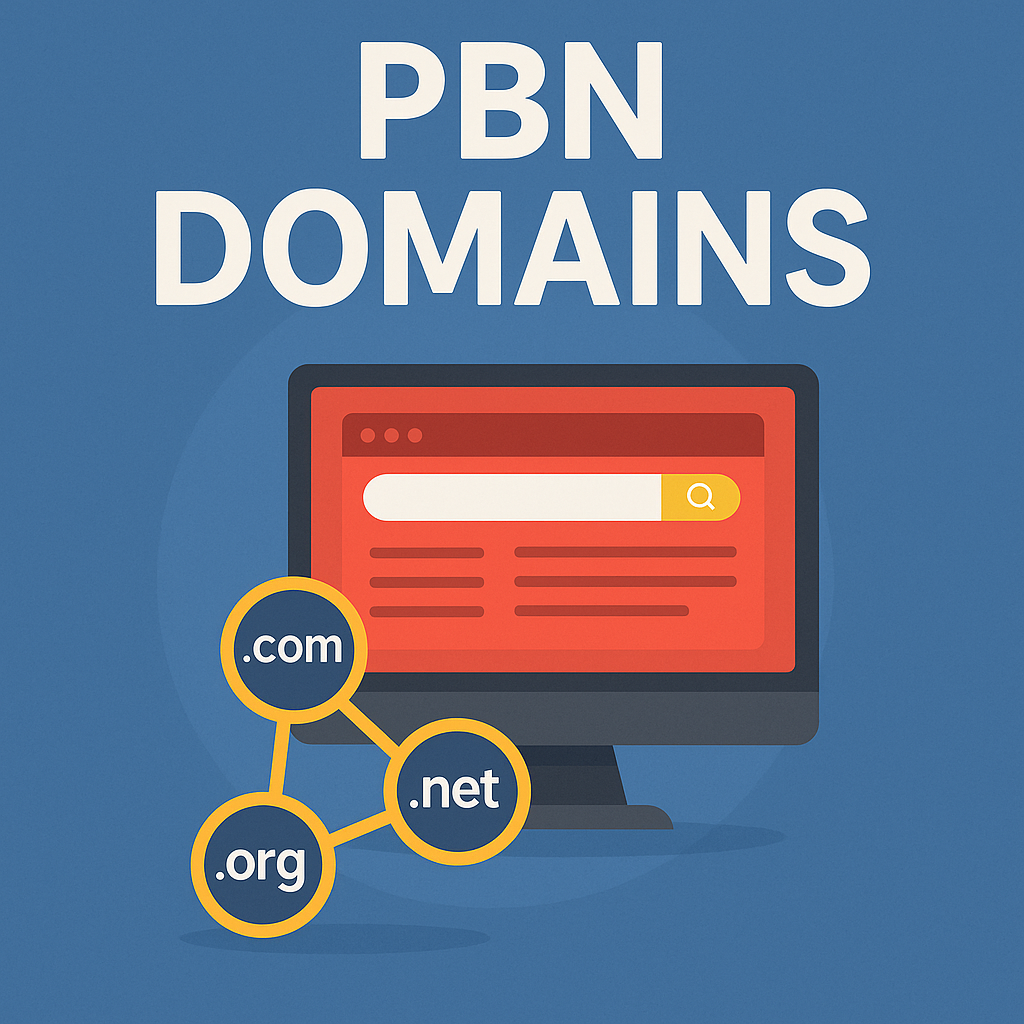
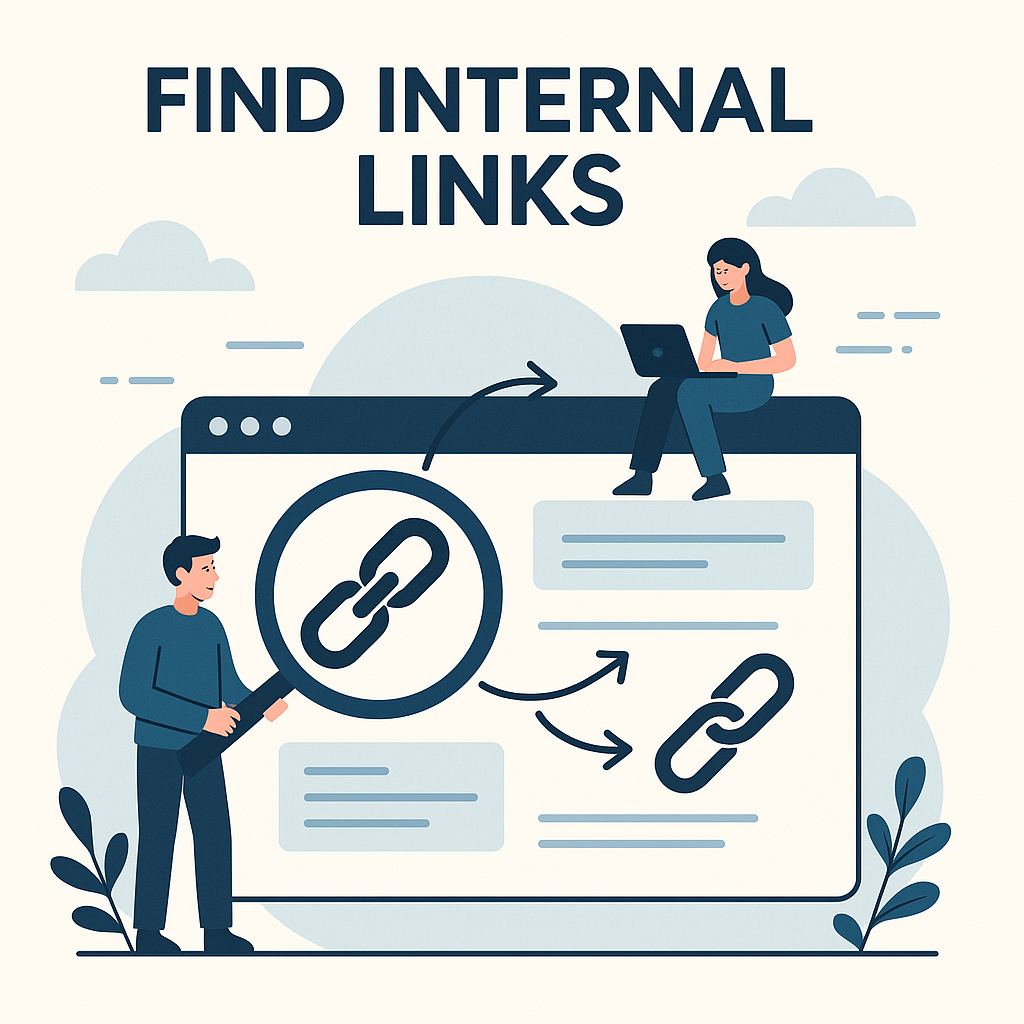
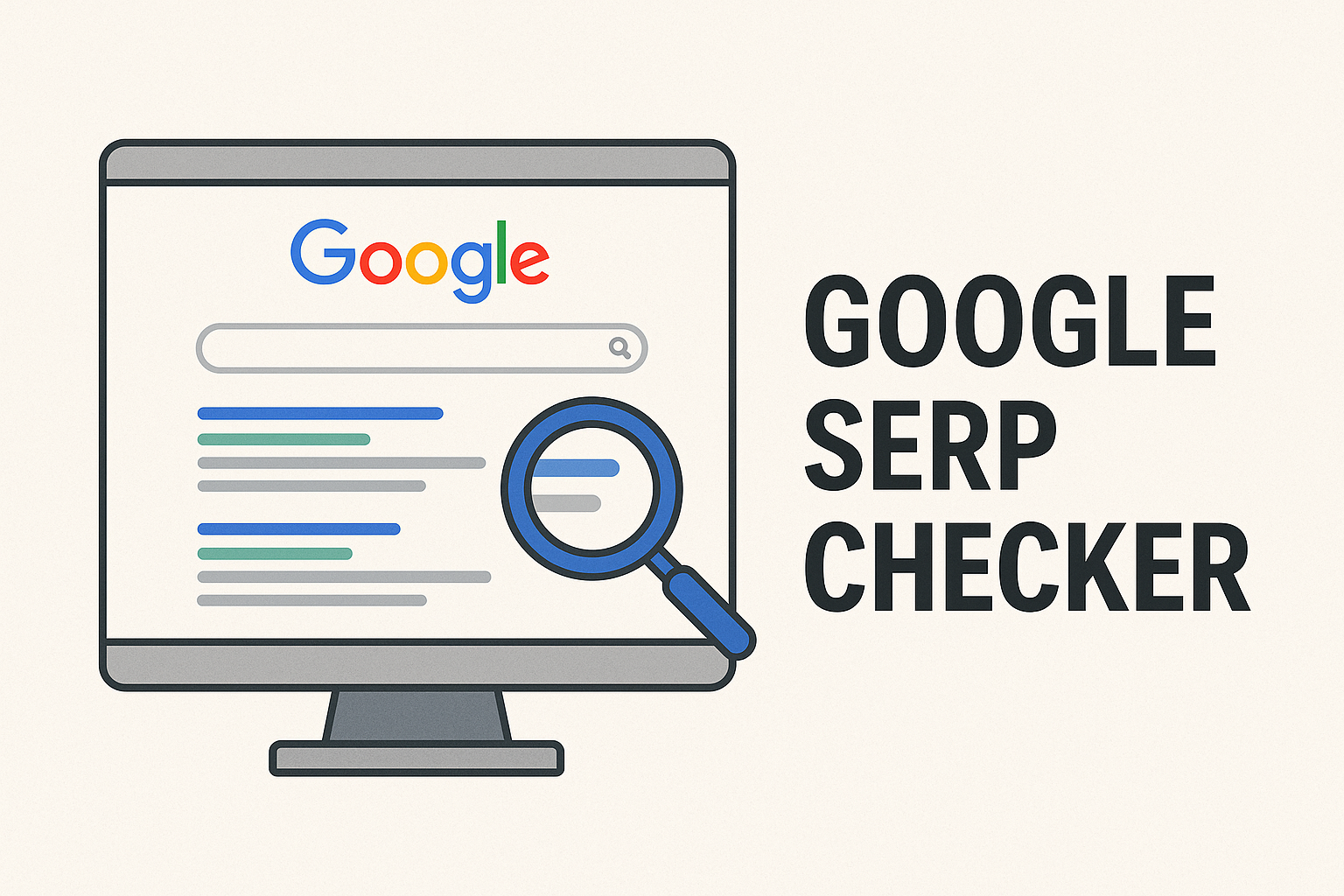
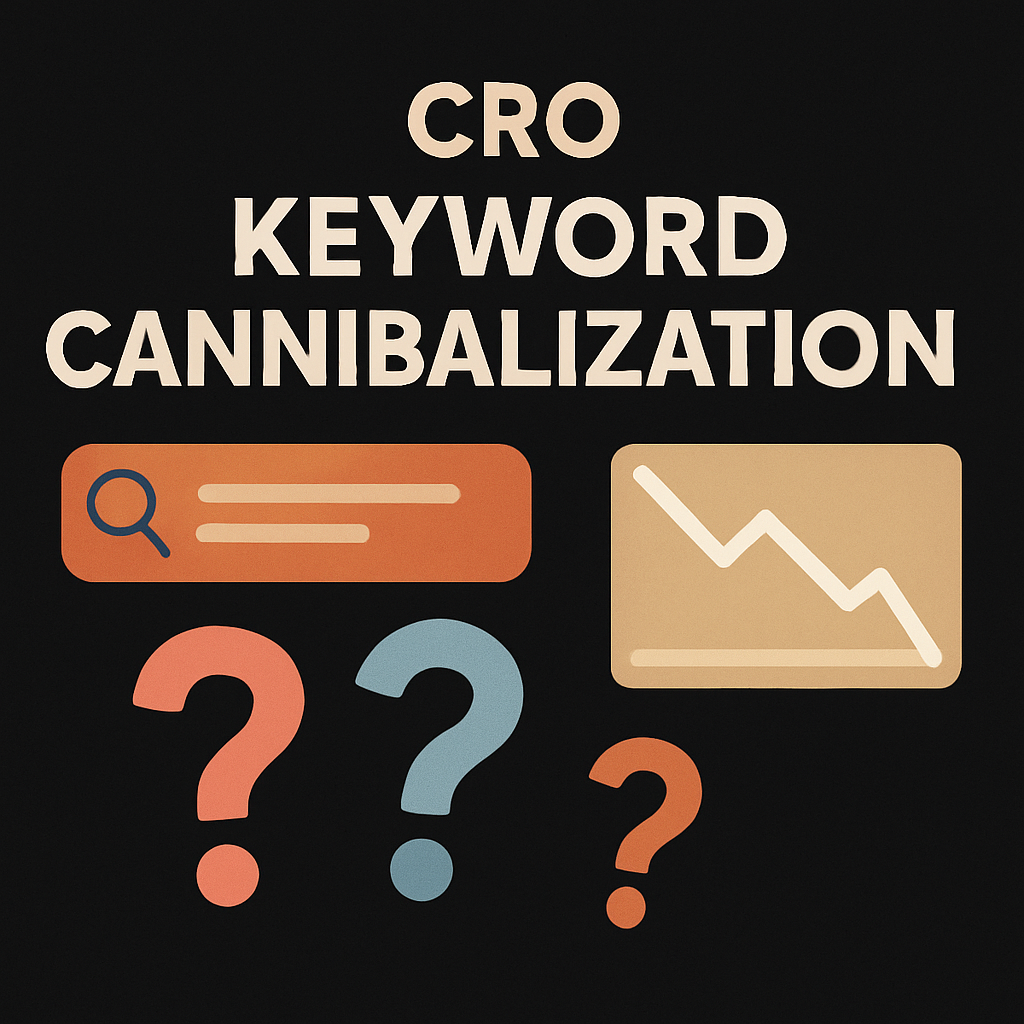
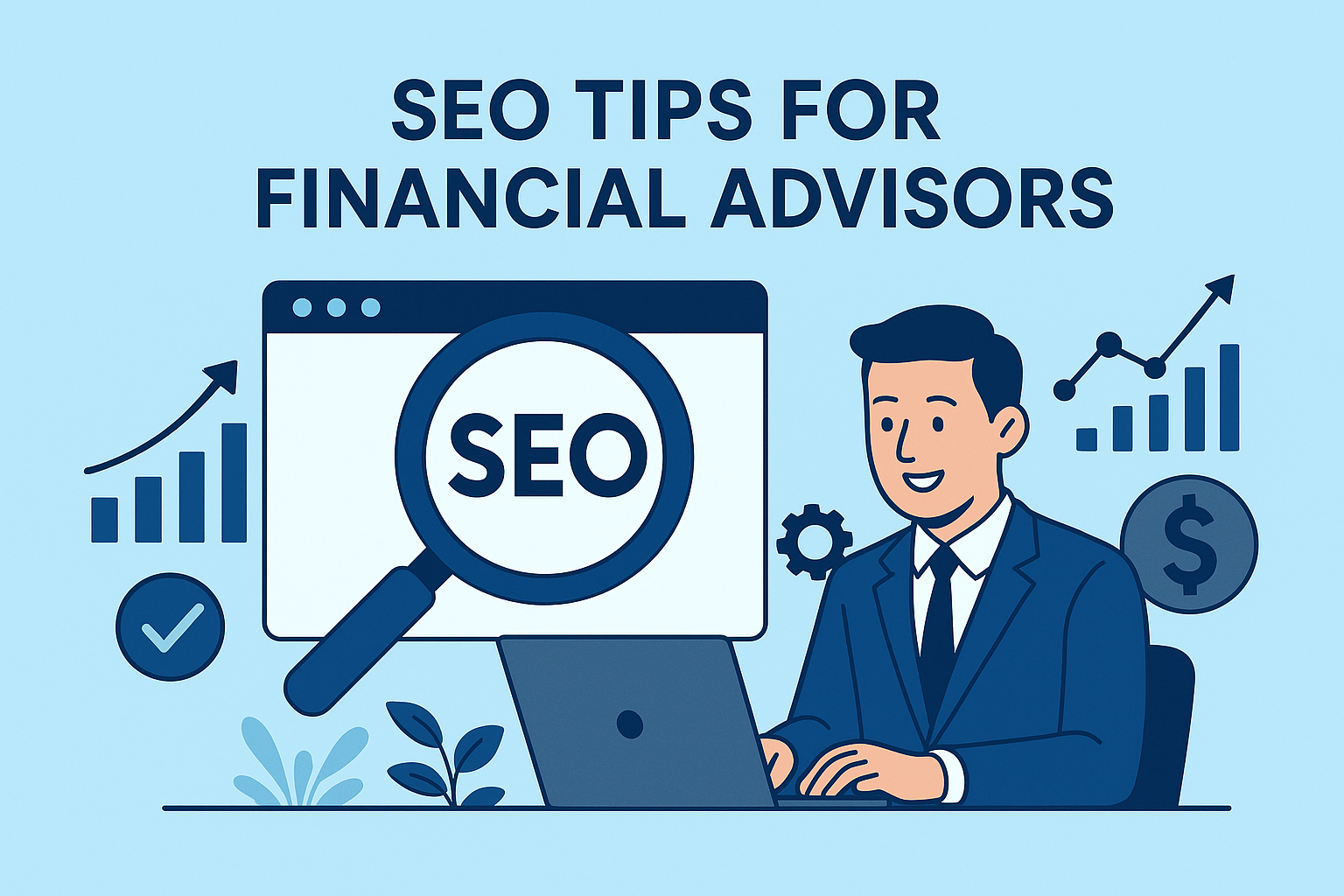

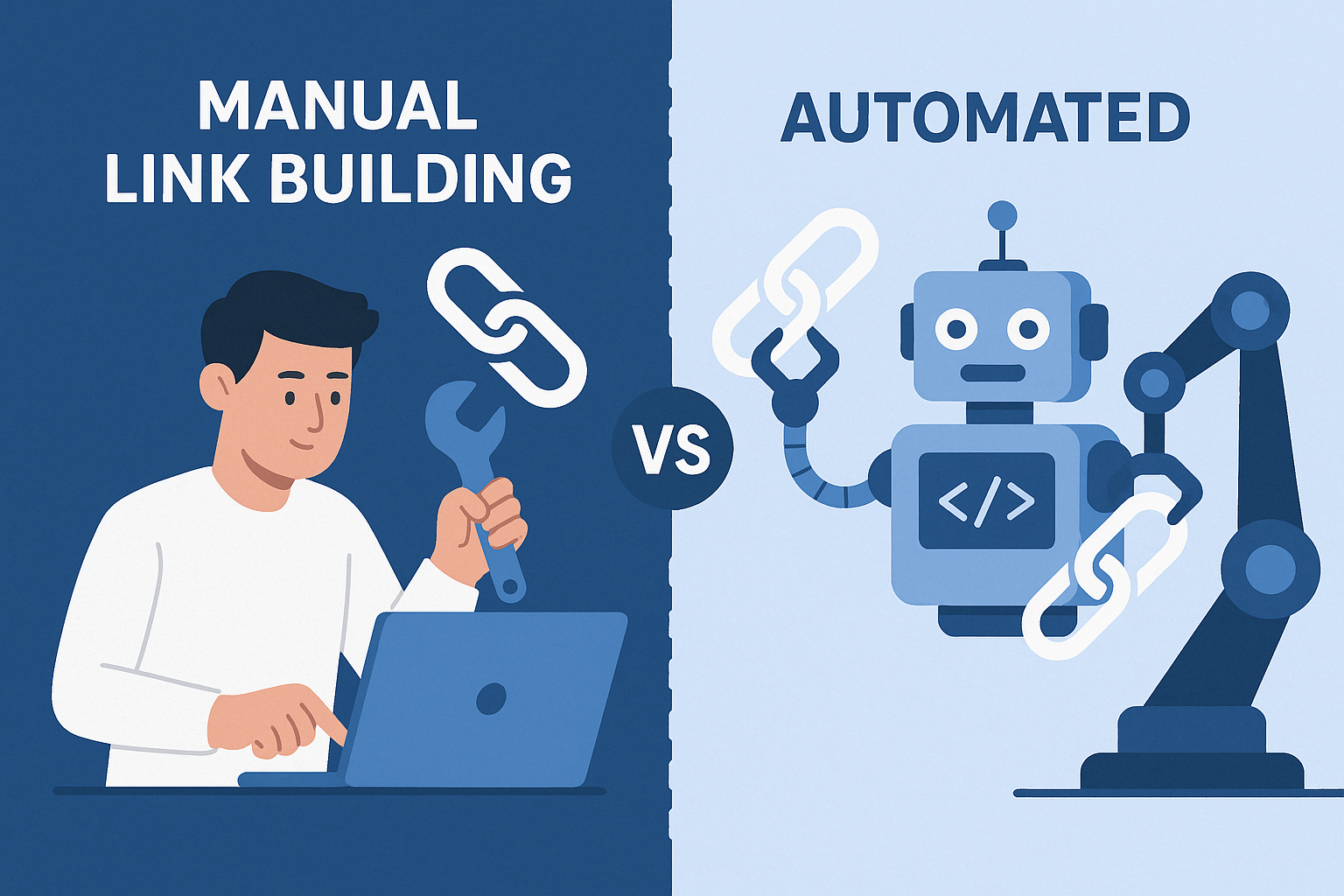



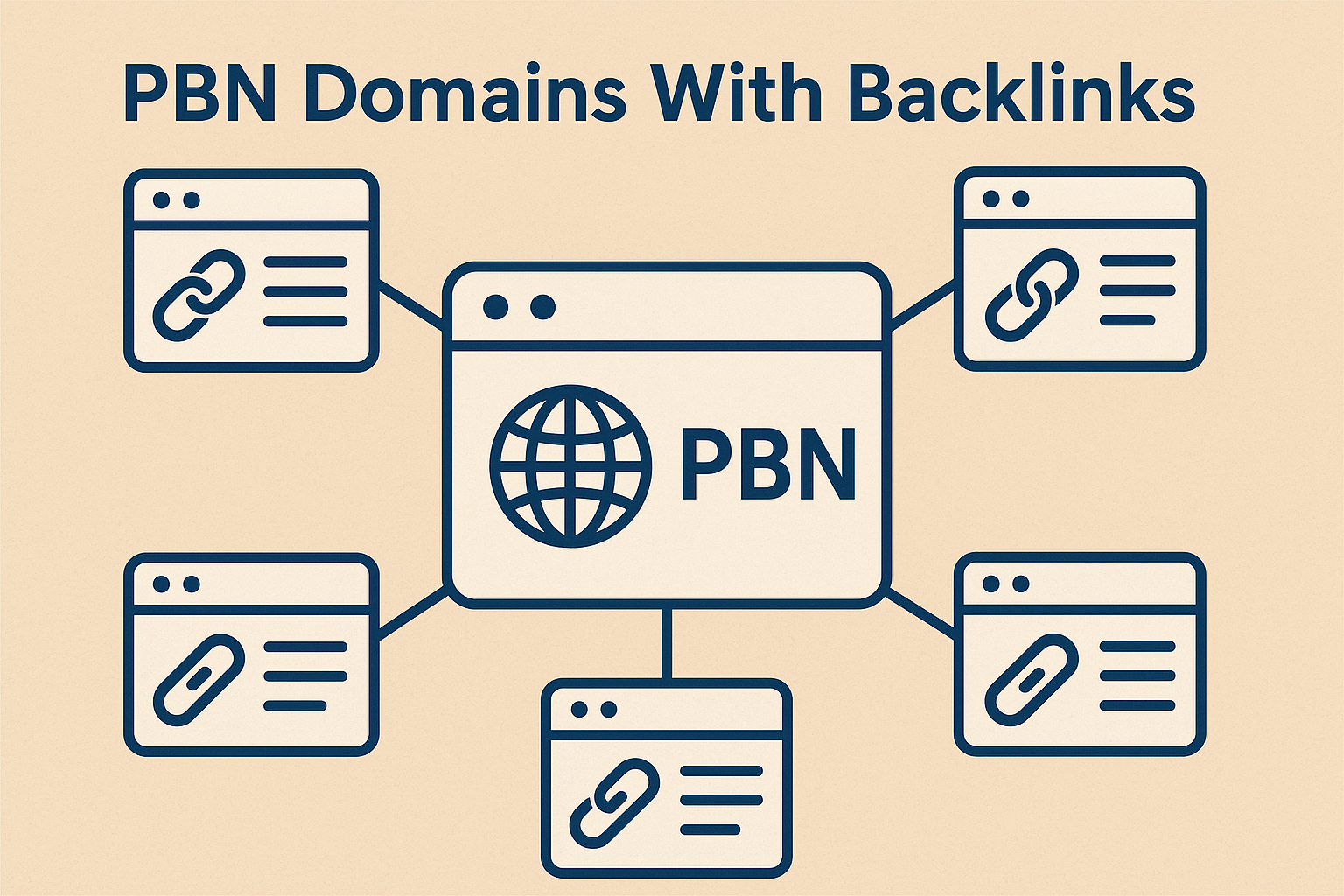
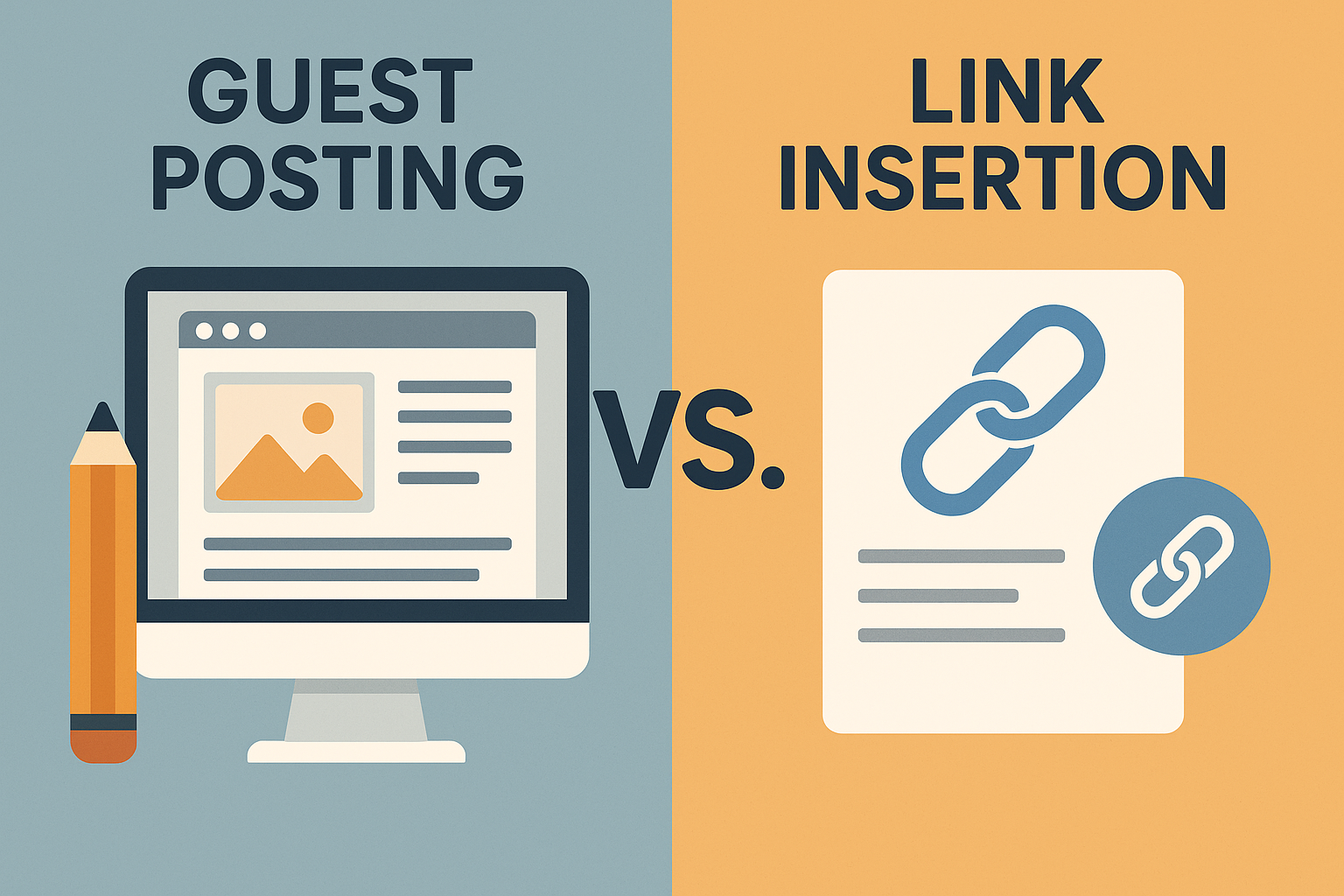
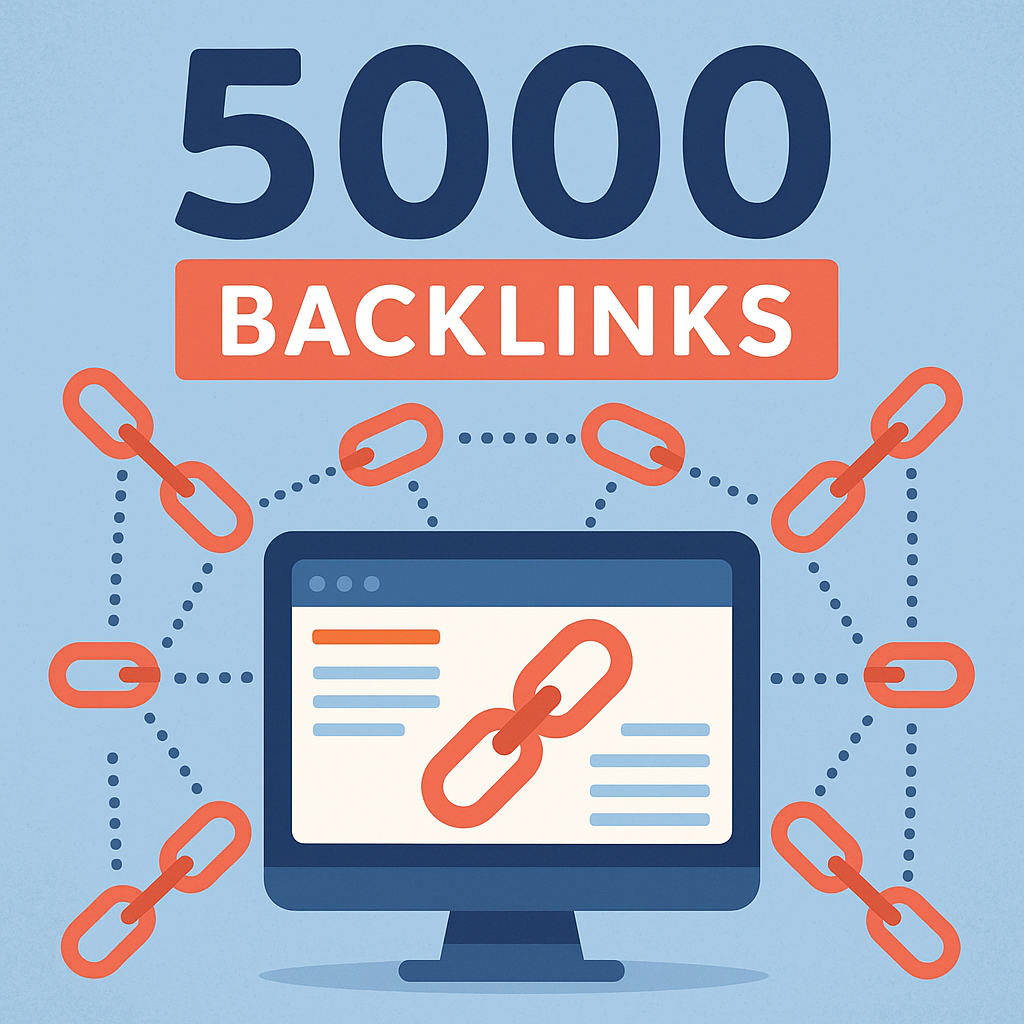
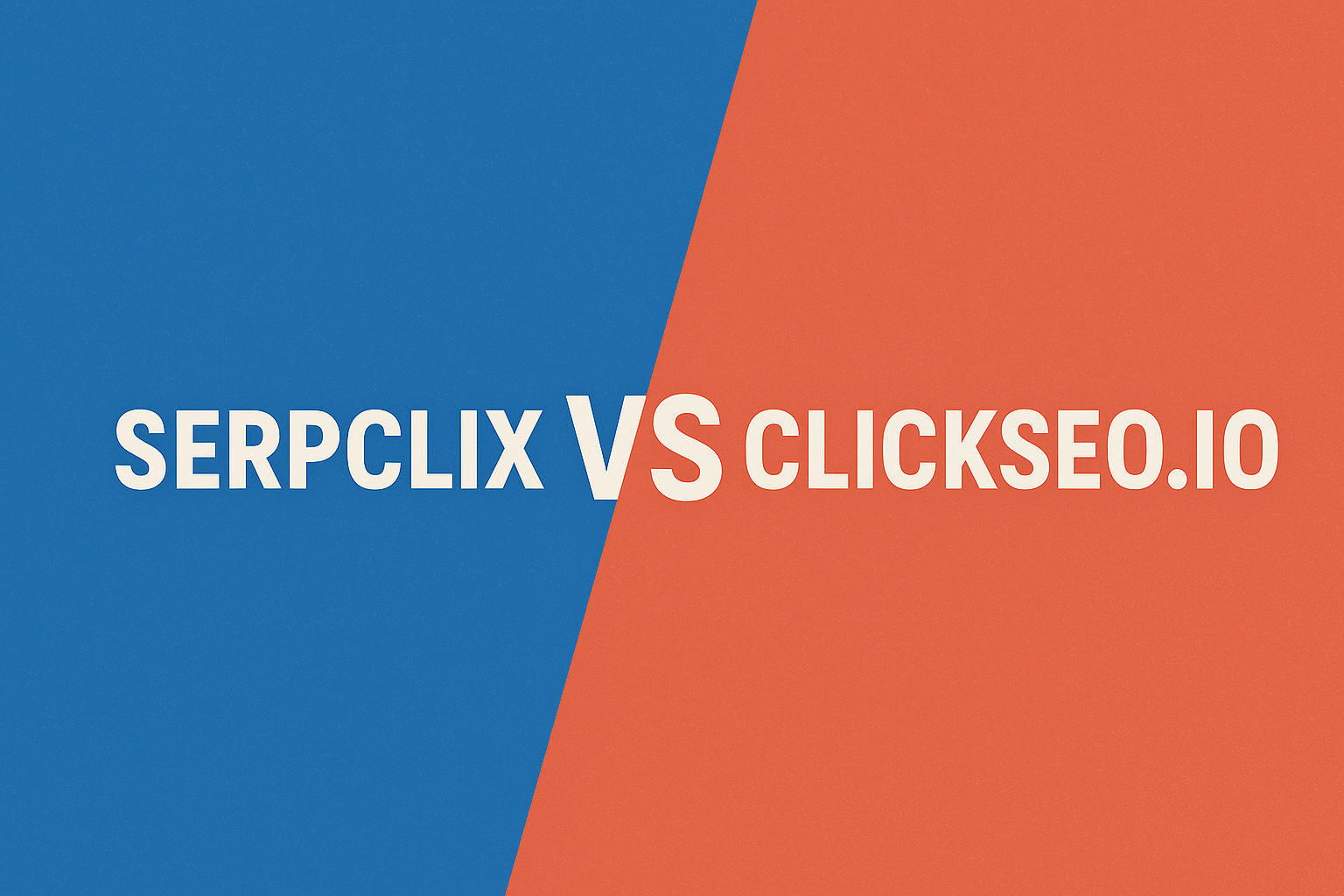

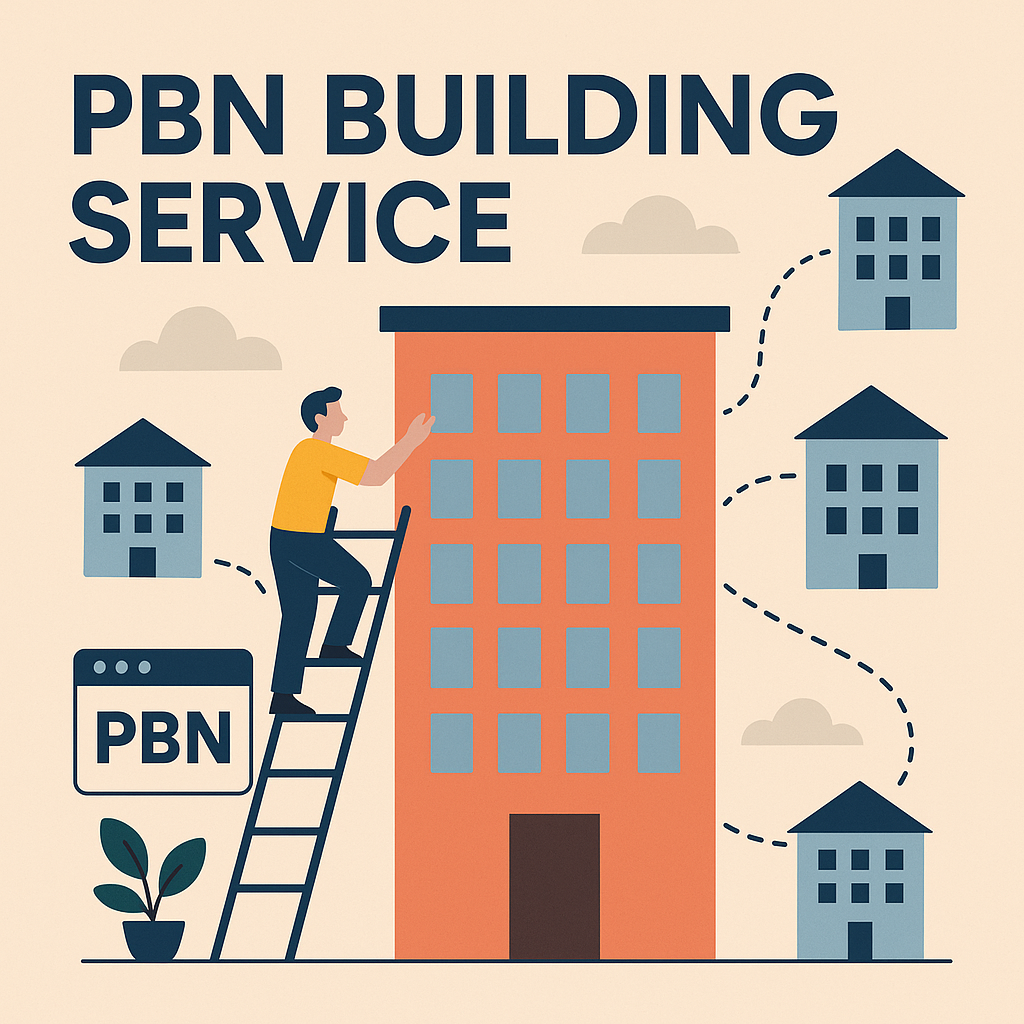
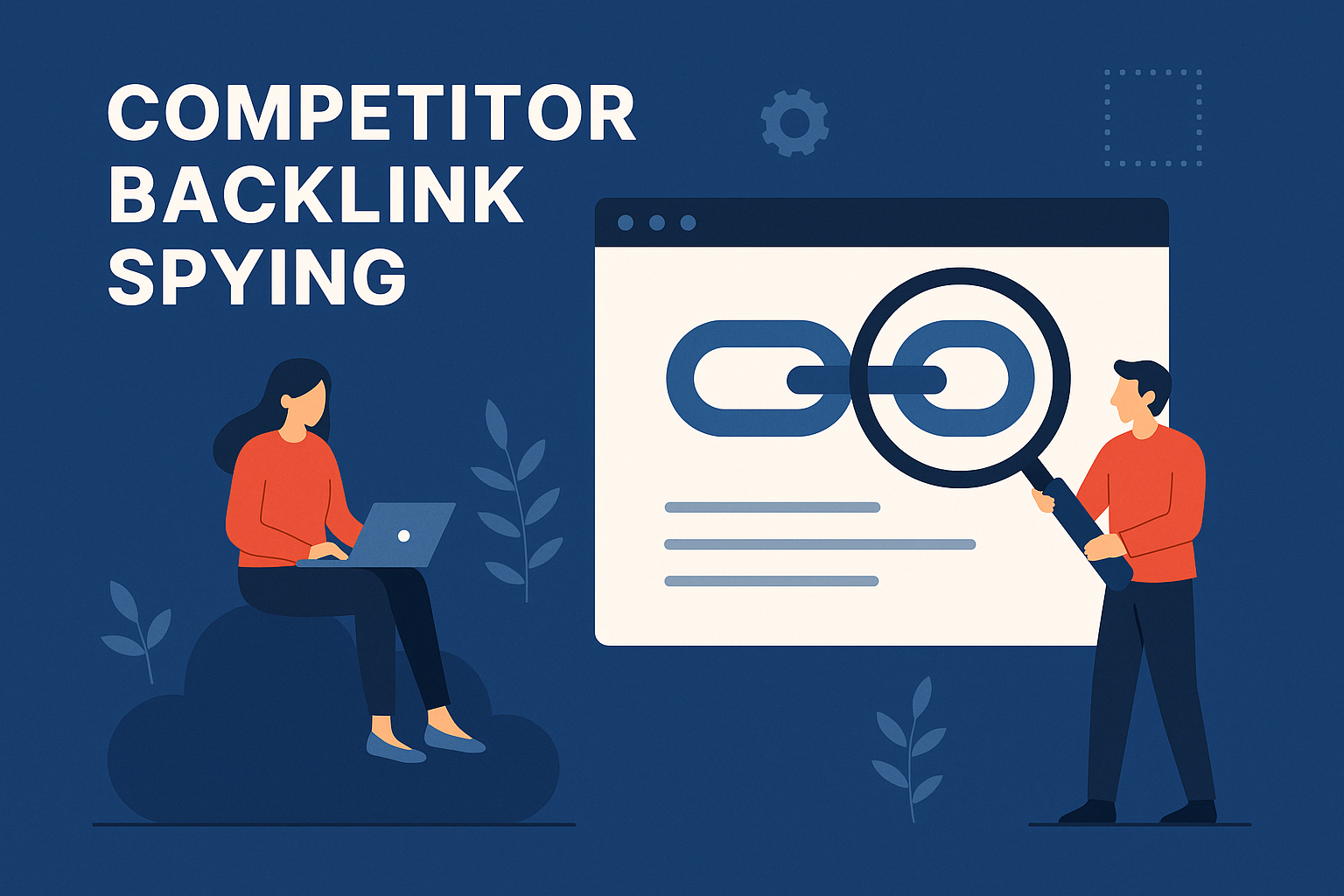

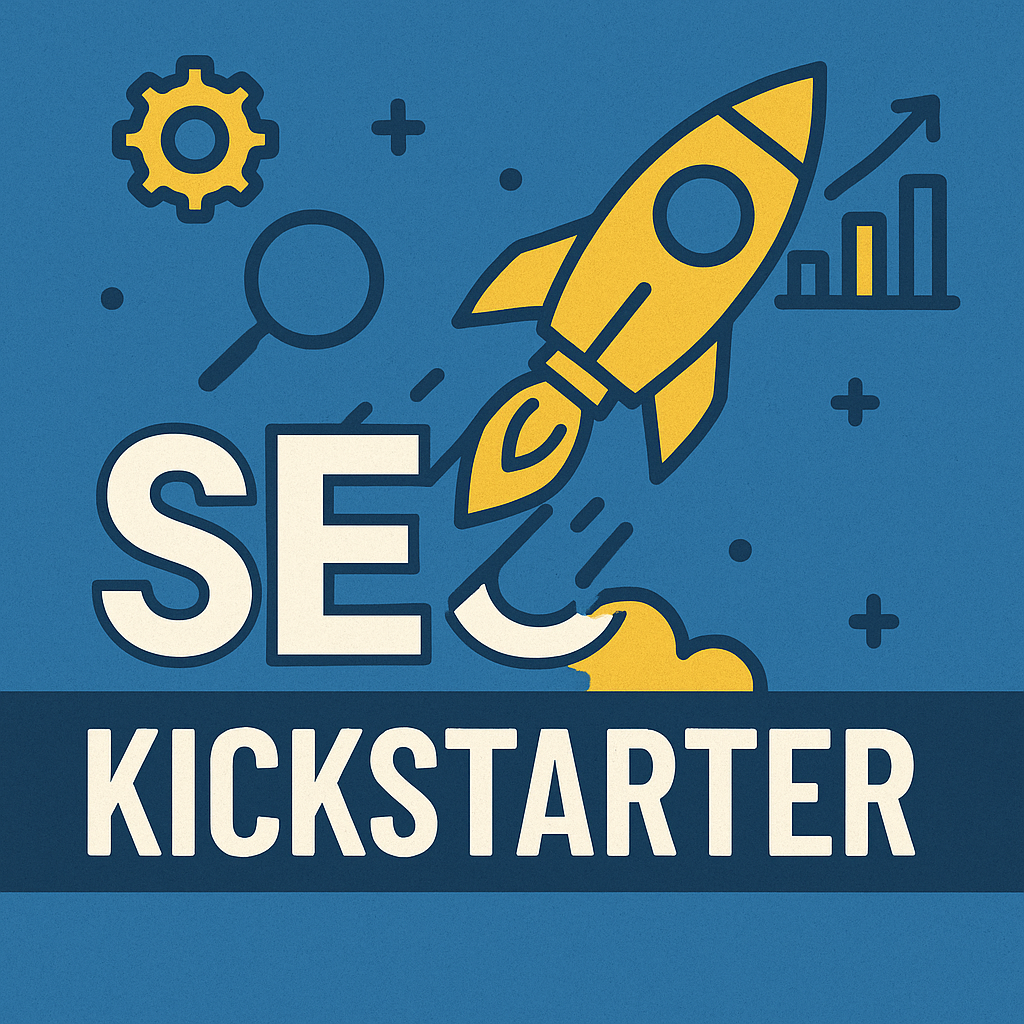
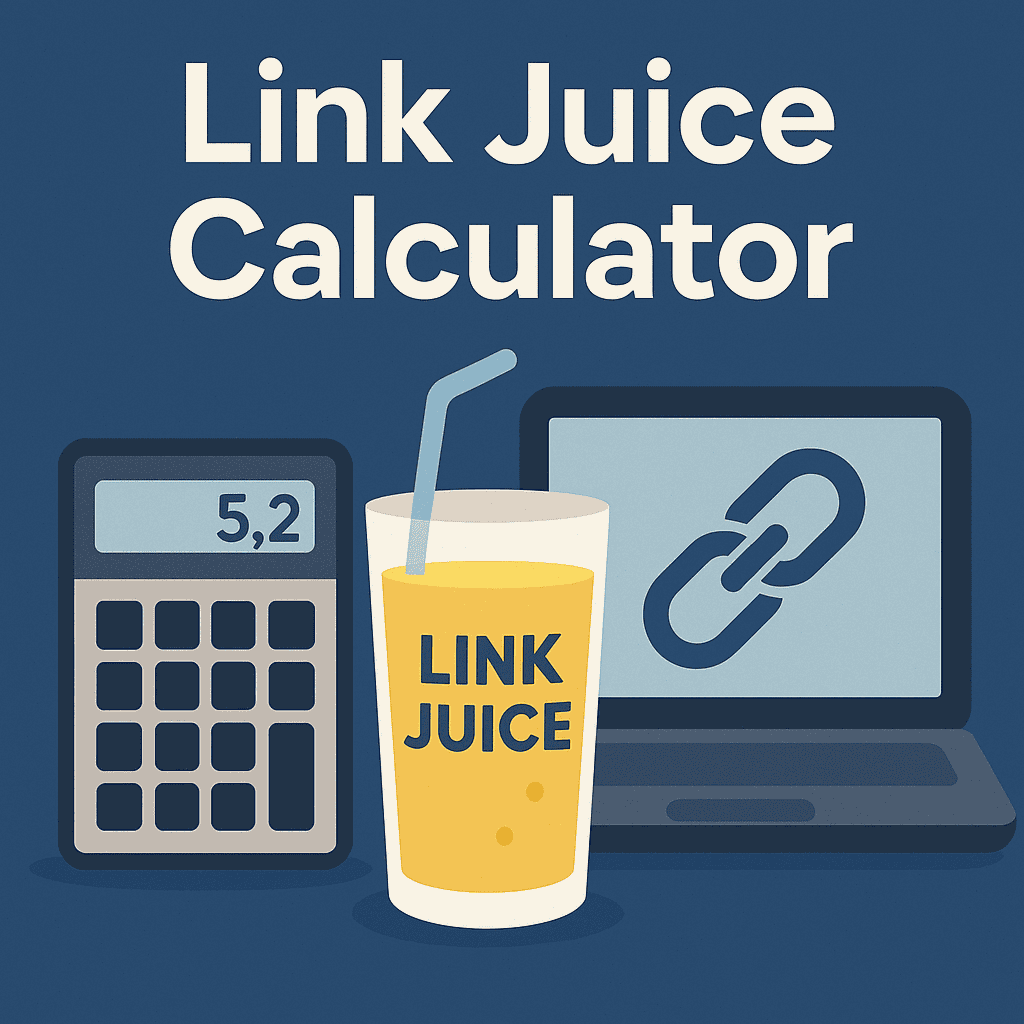
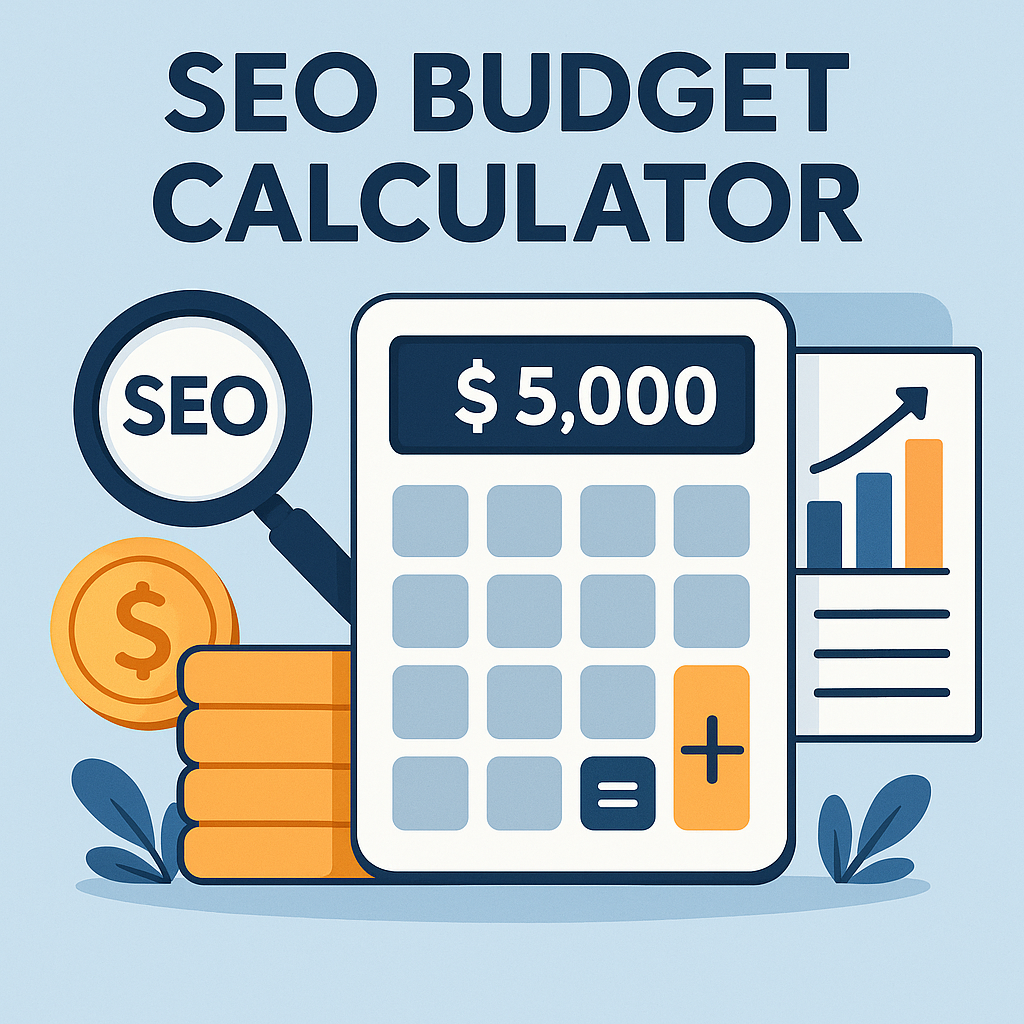

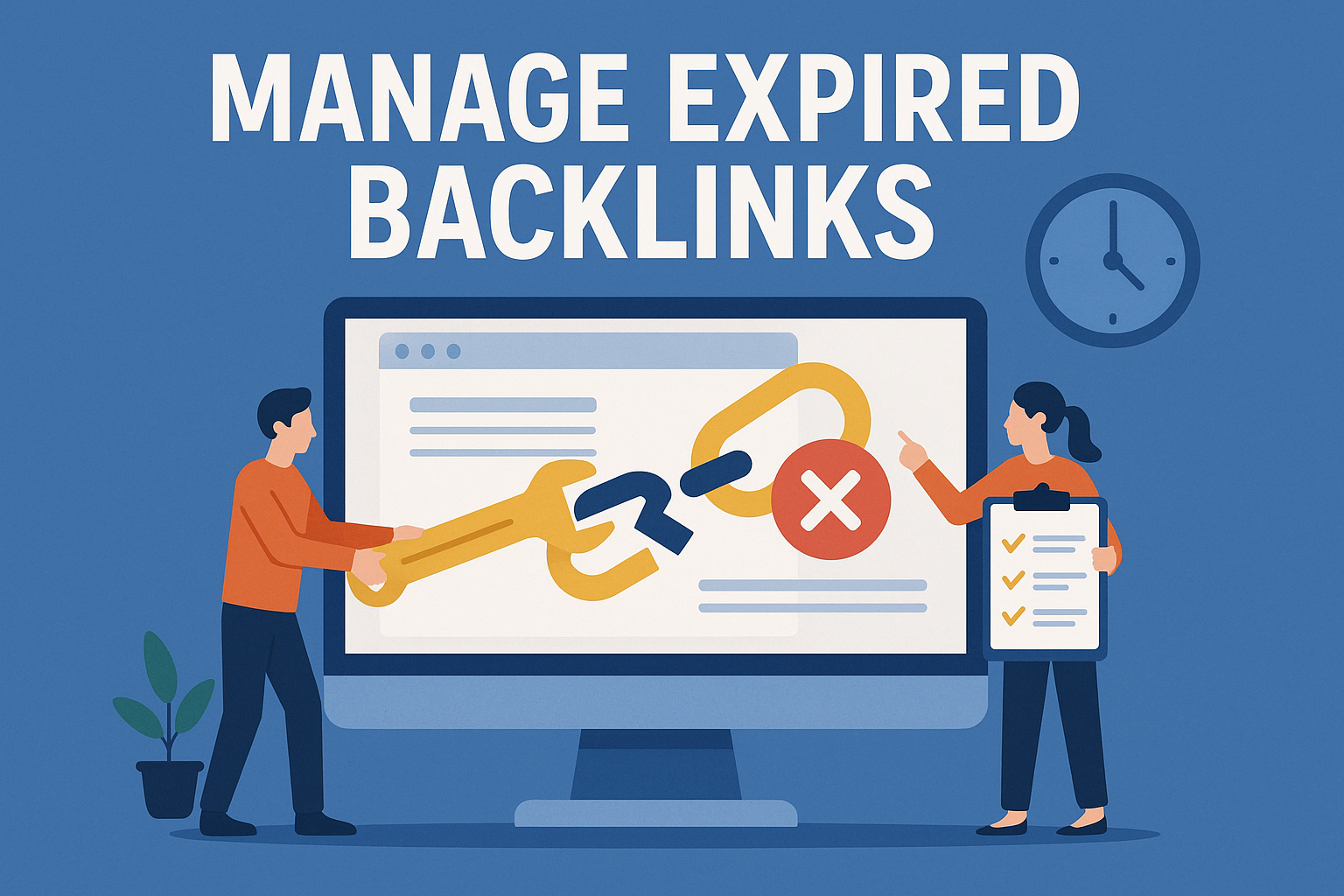
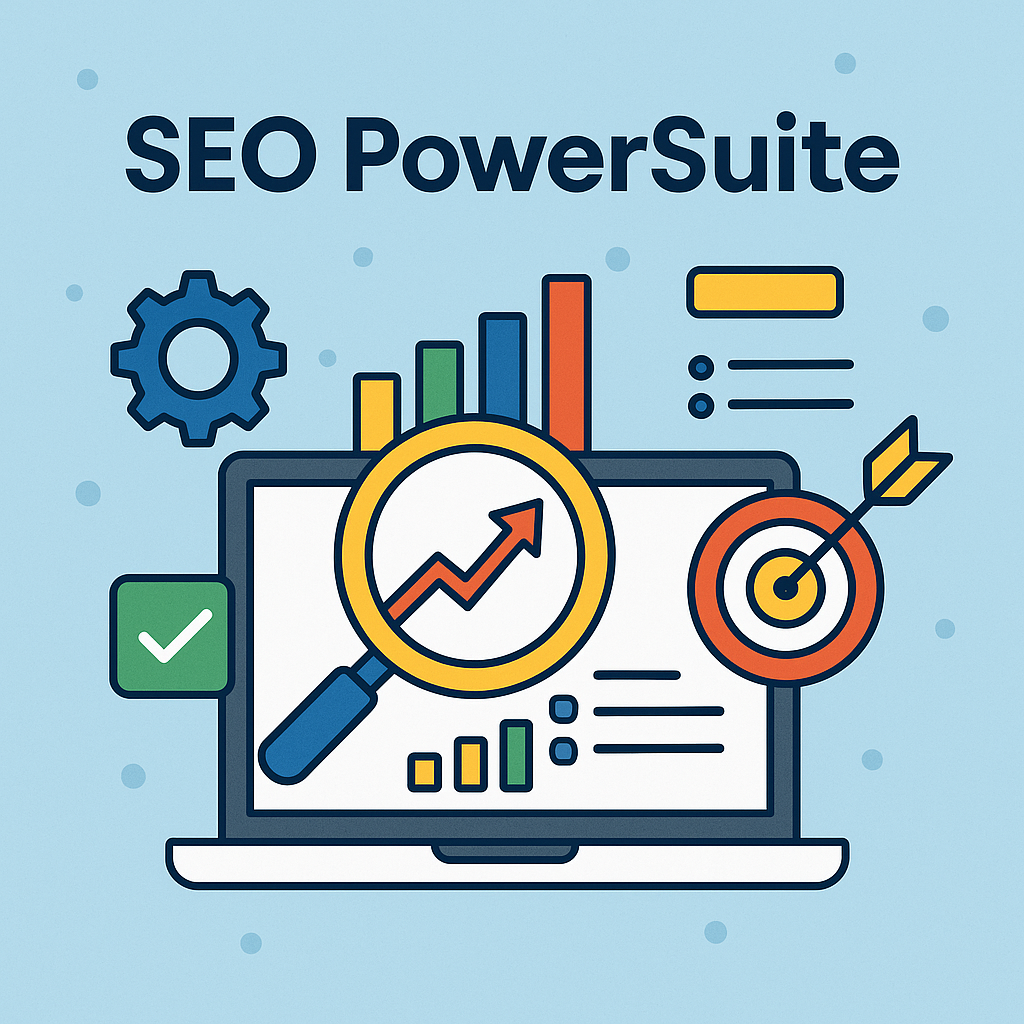
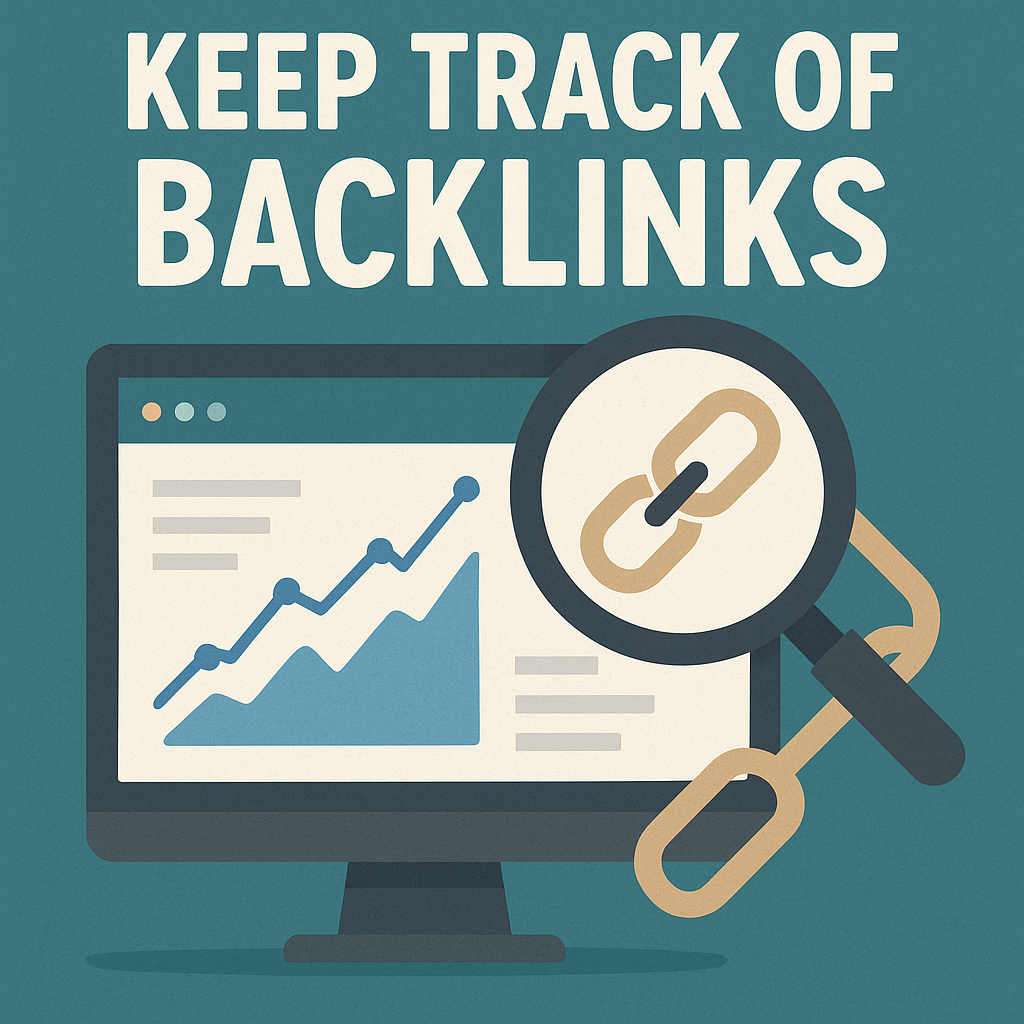
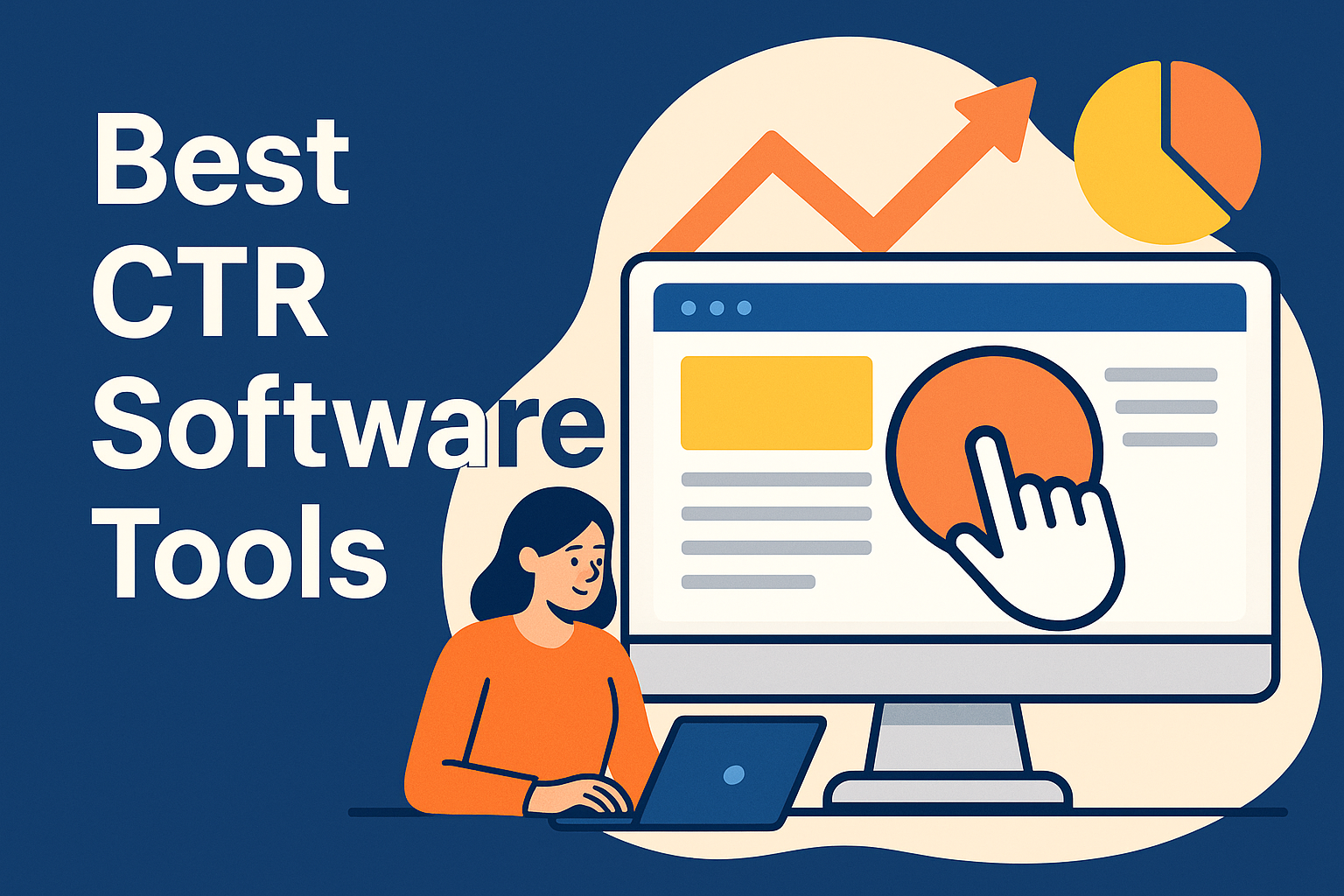
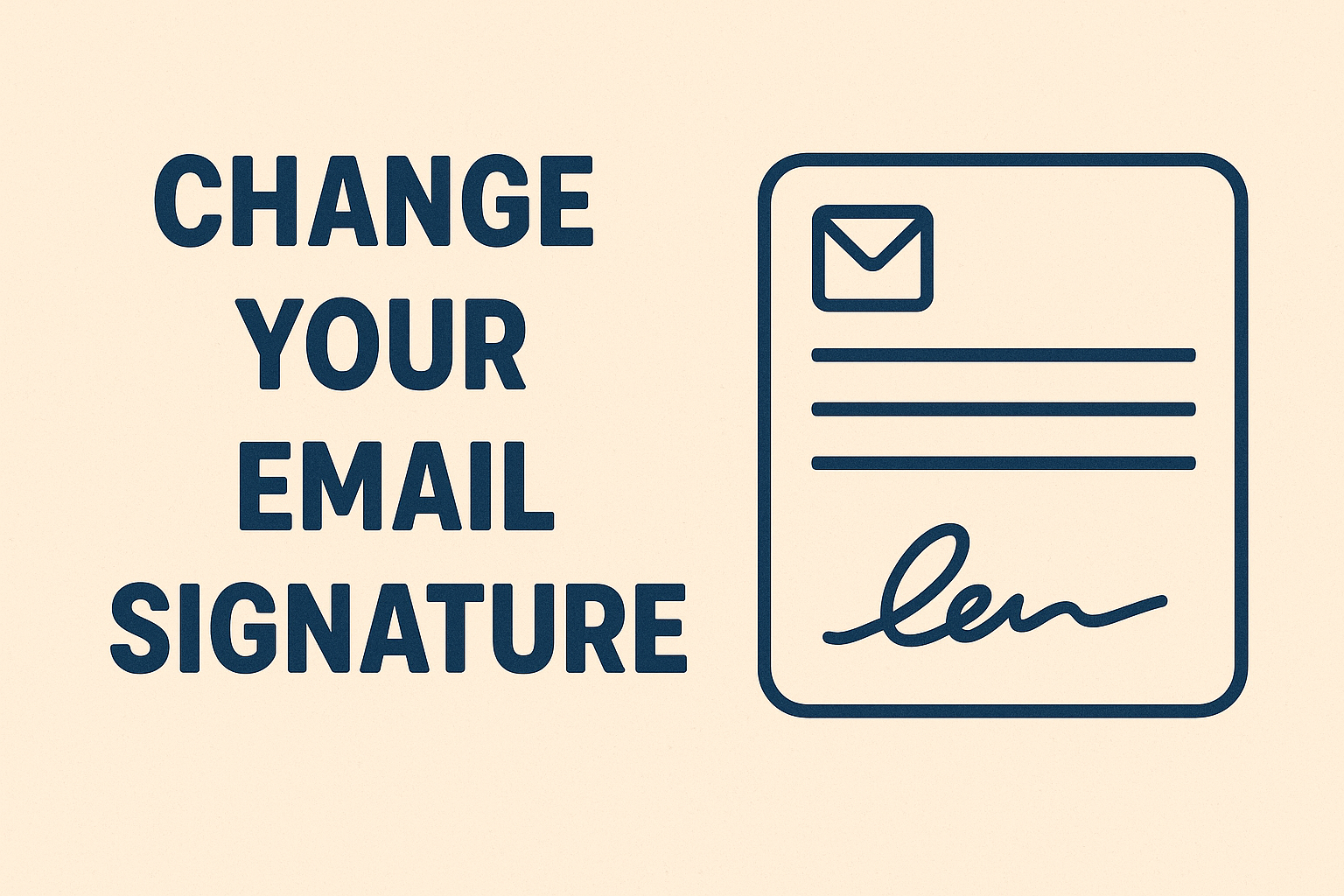
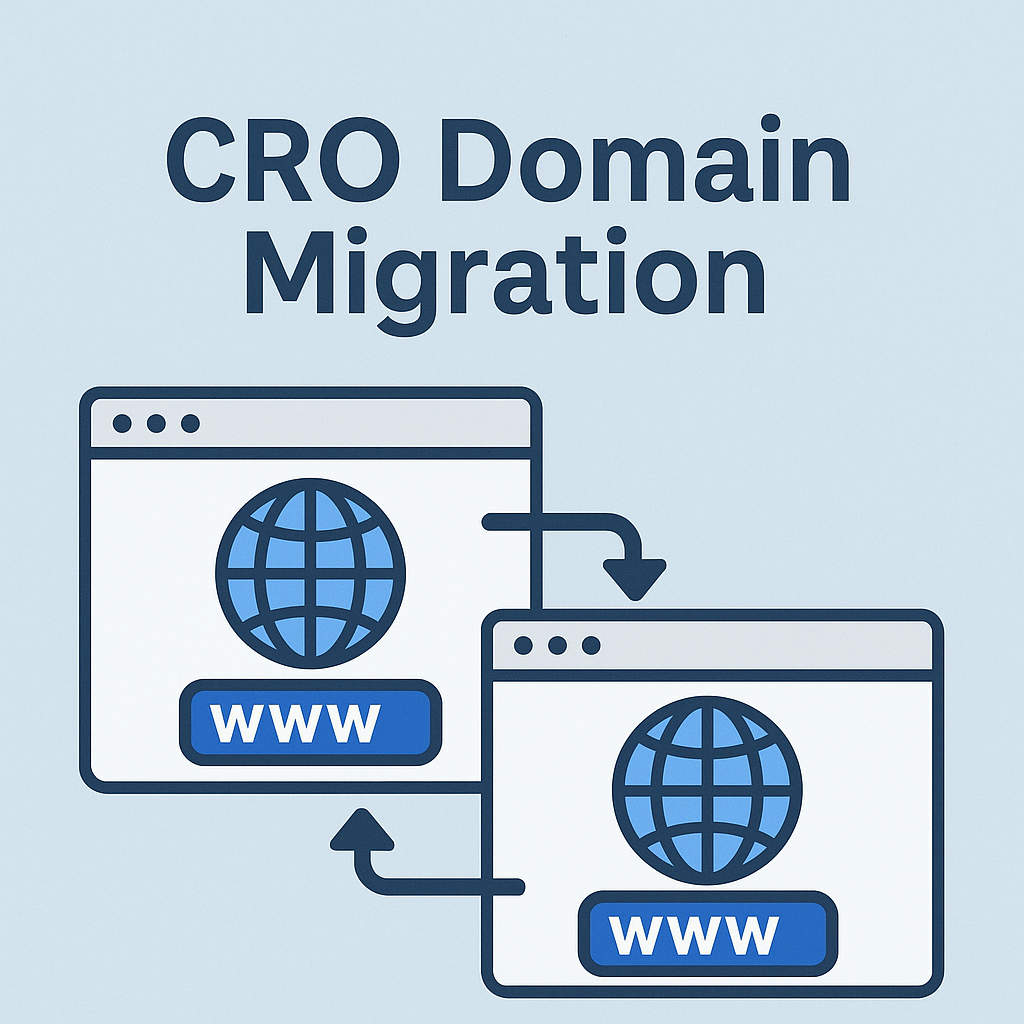


![Best Link Exchange Sites [Free & Safe] – Top 5 Picks](https://backlinkmanagement.io/wp-content/uploads/2025/04/Free-Link-Exchange.png)


